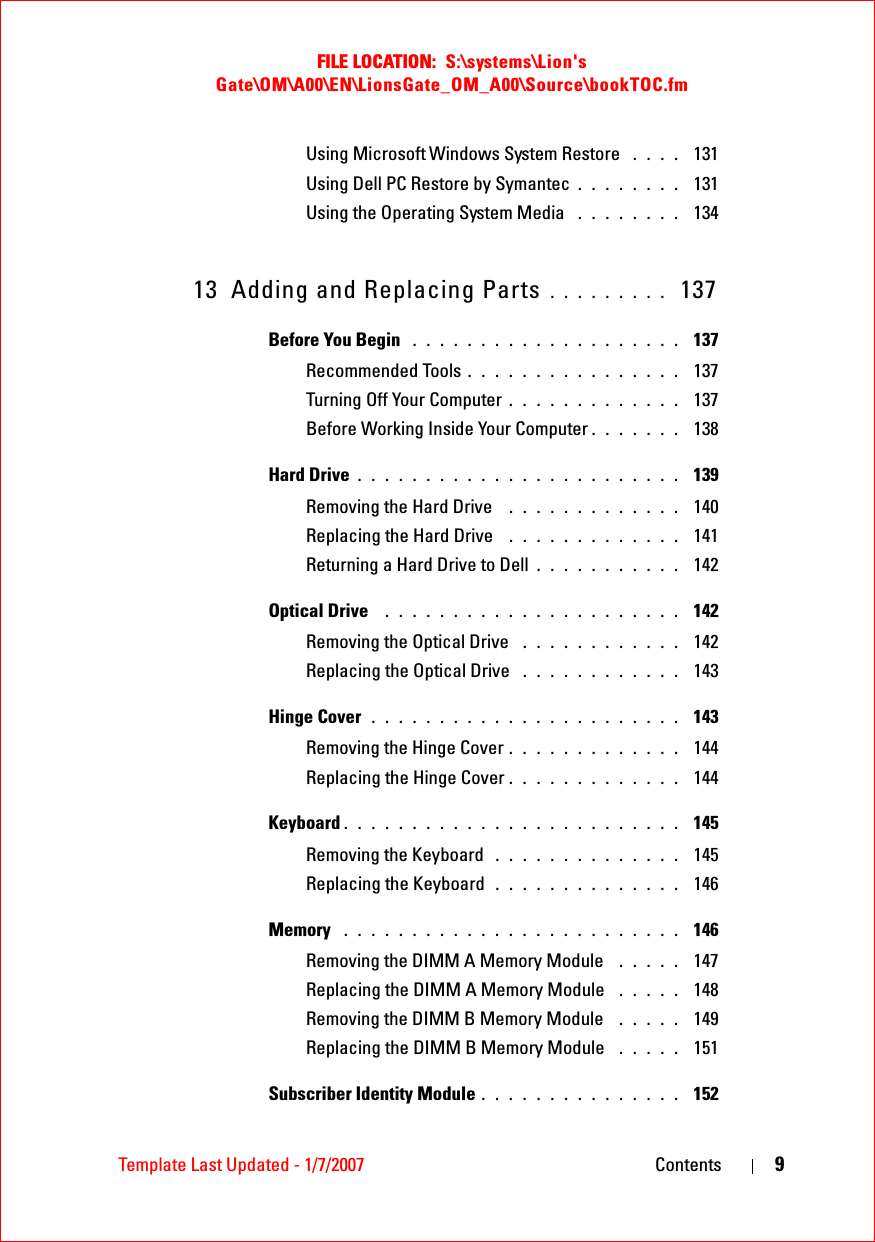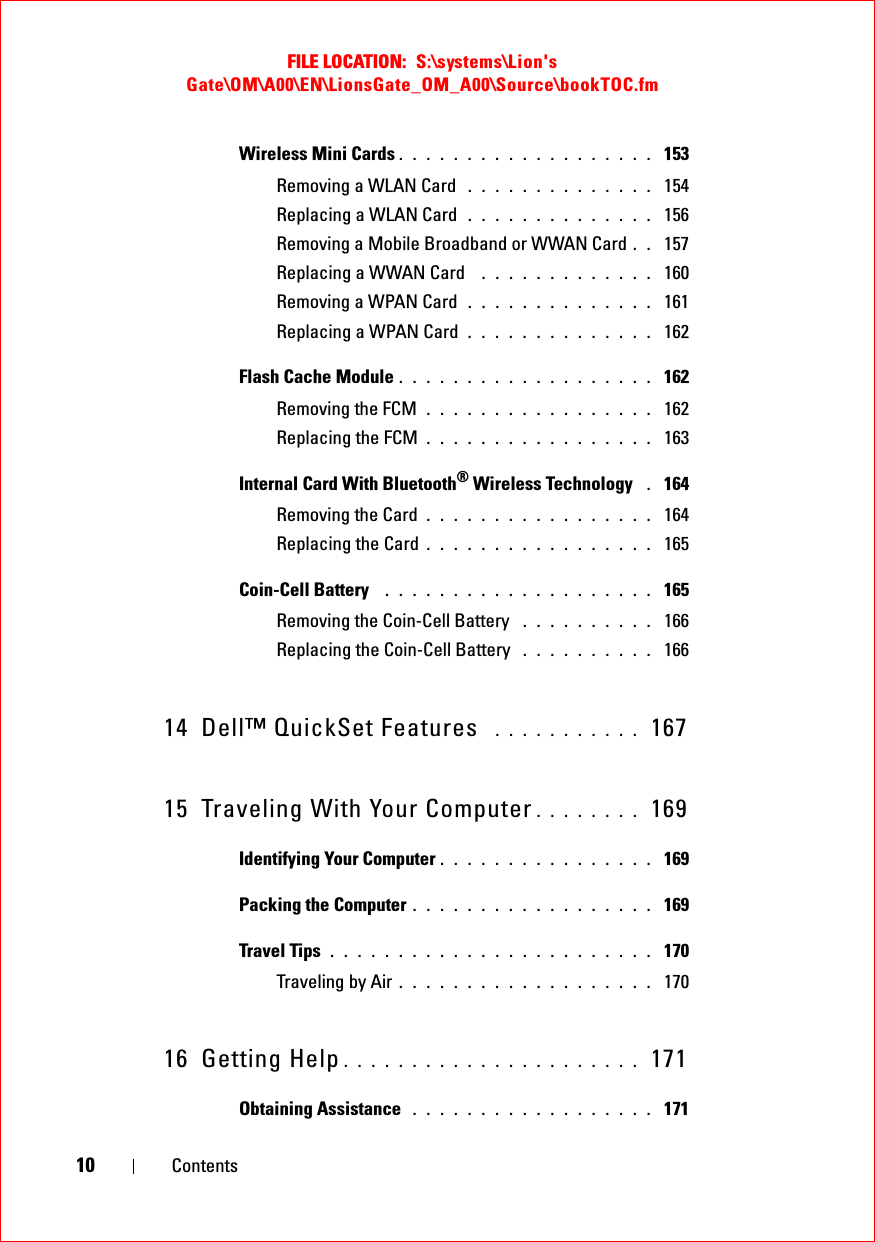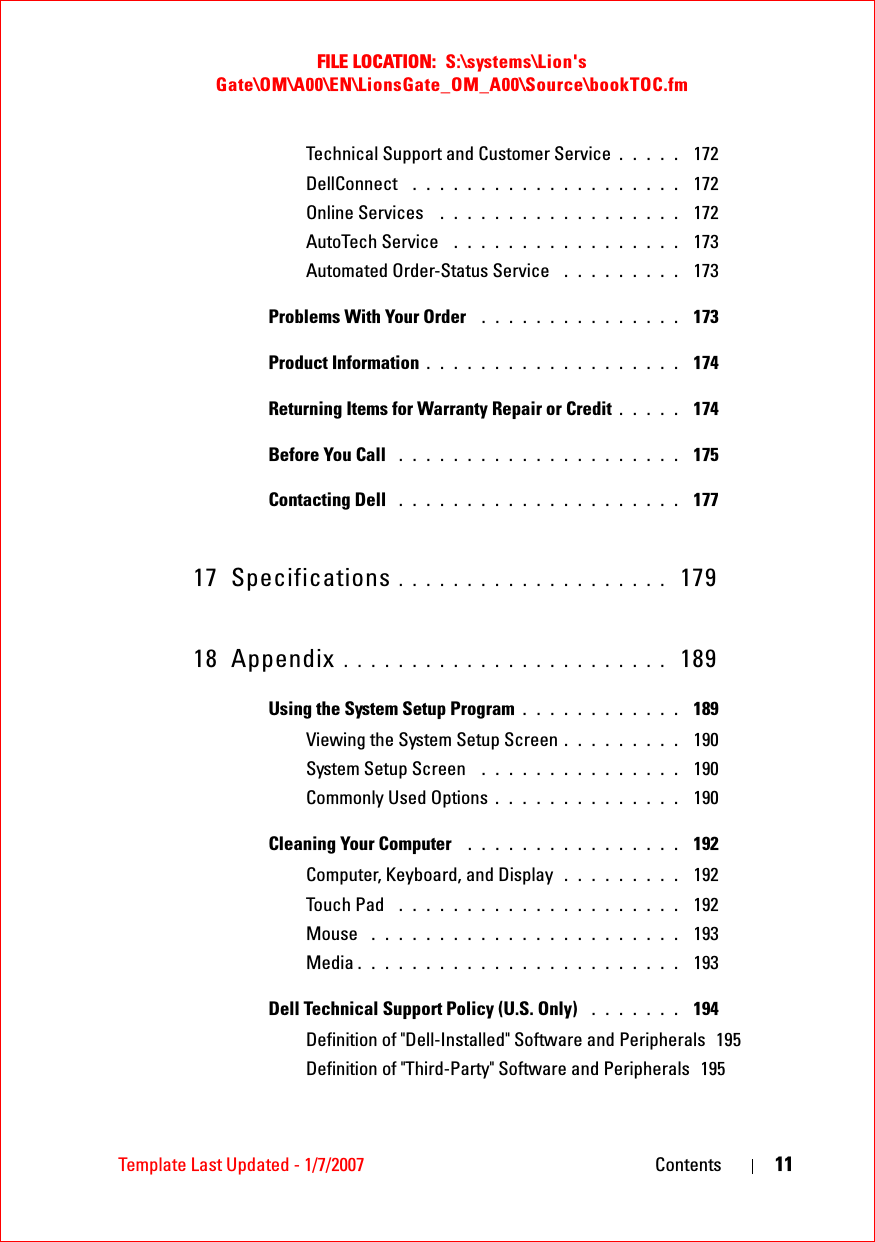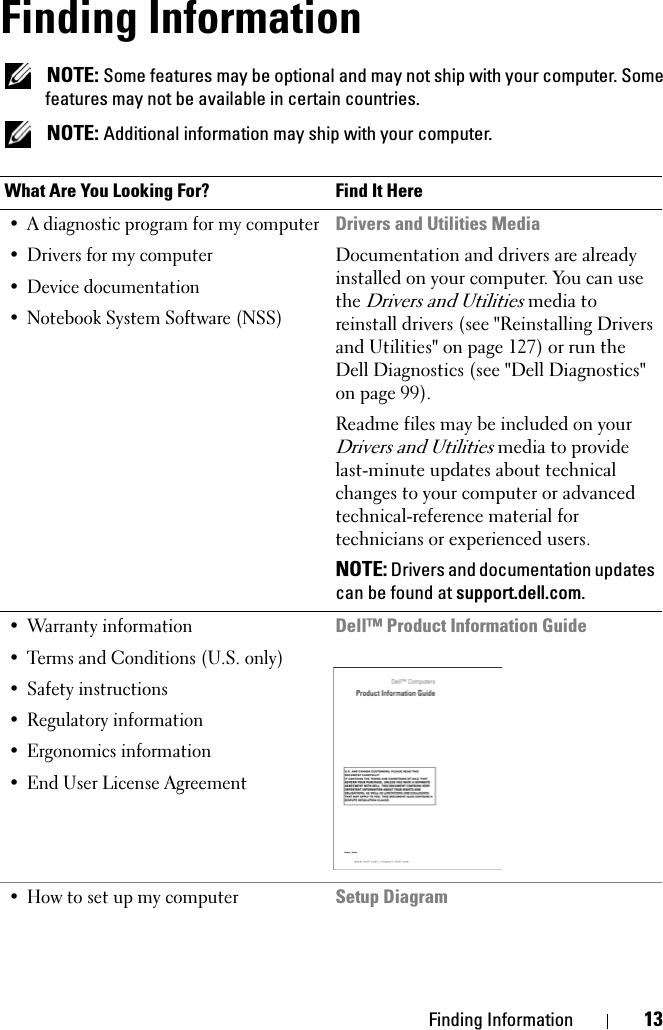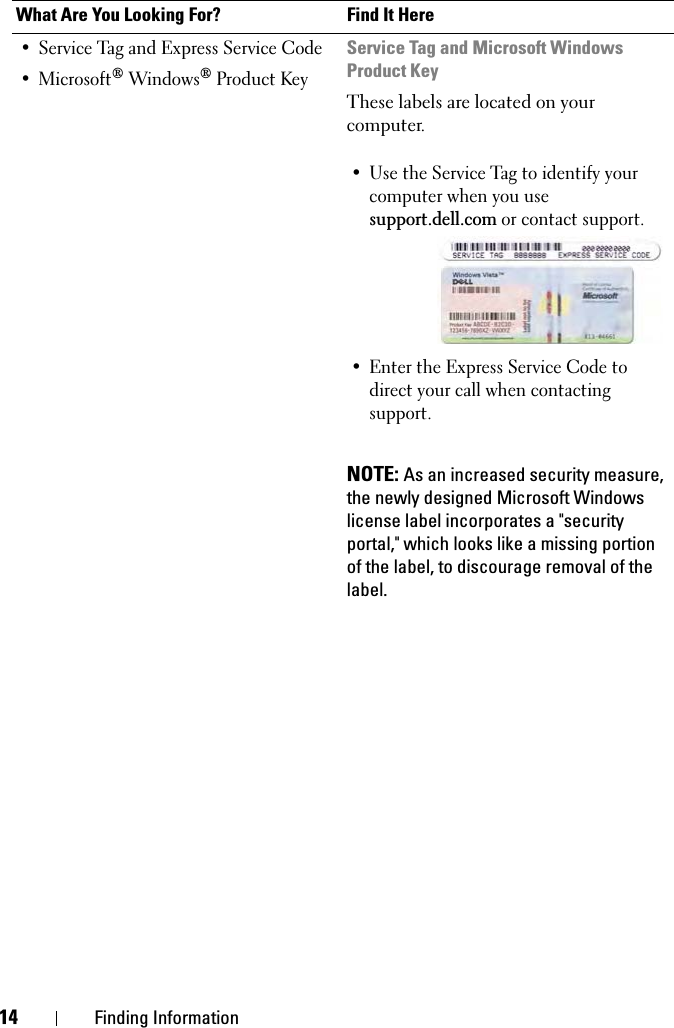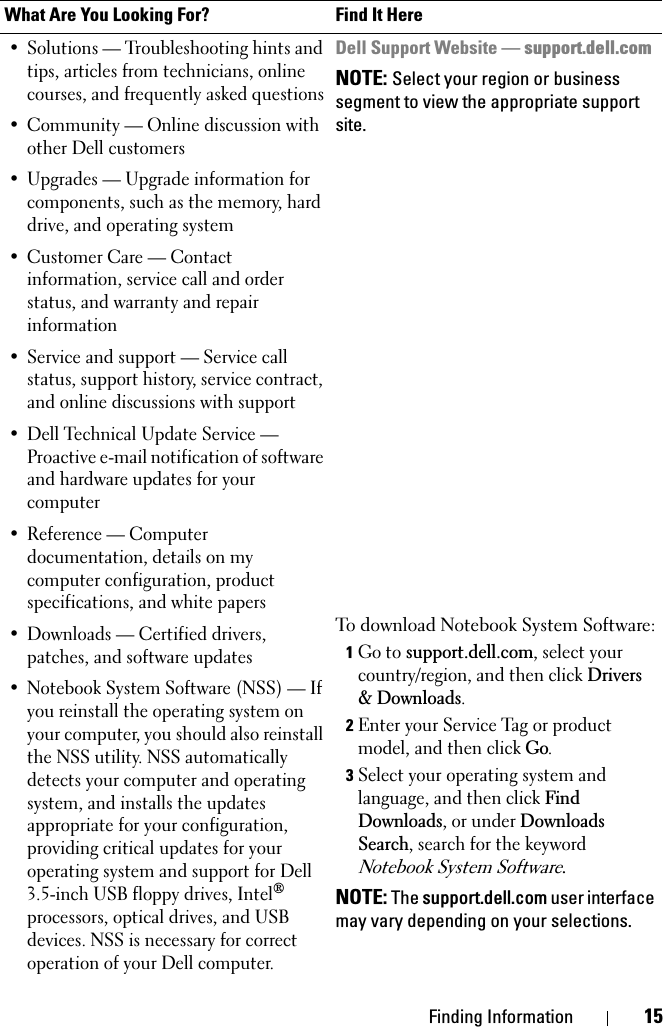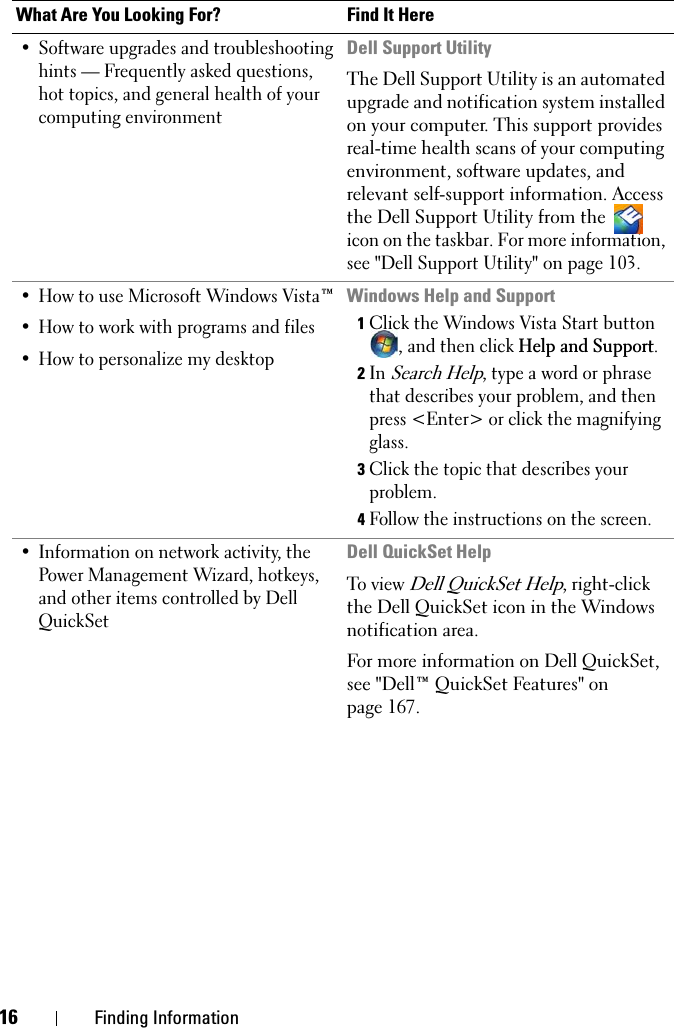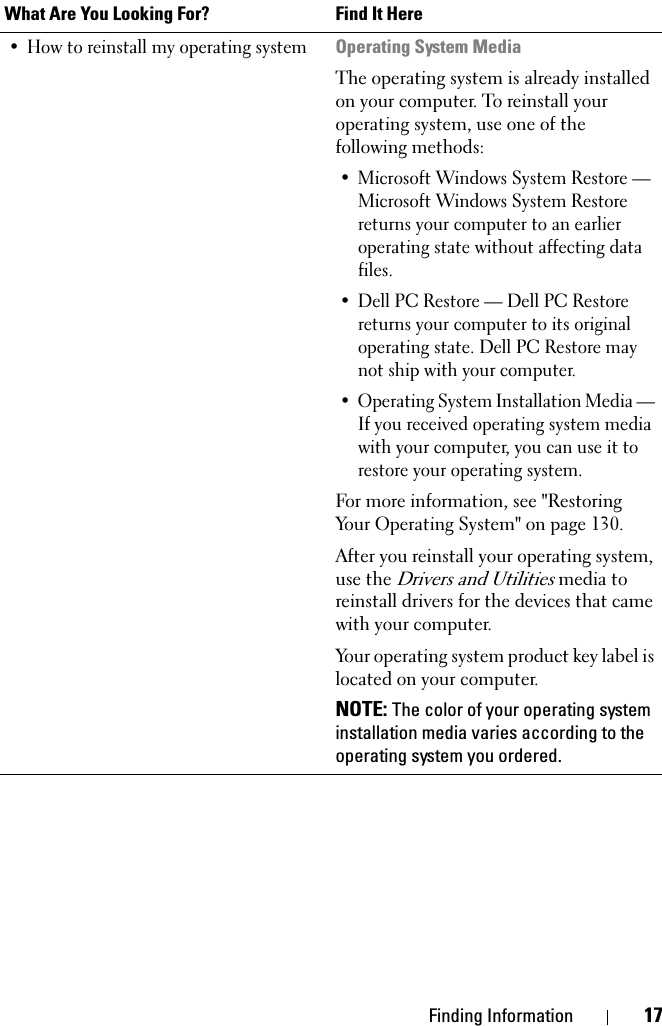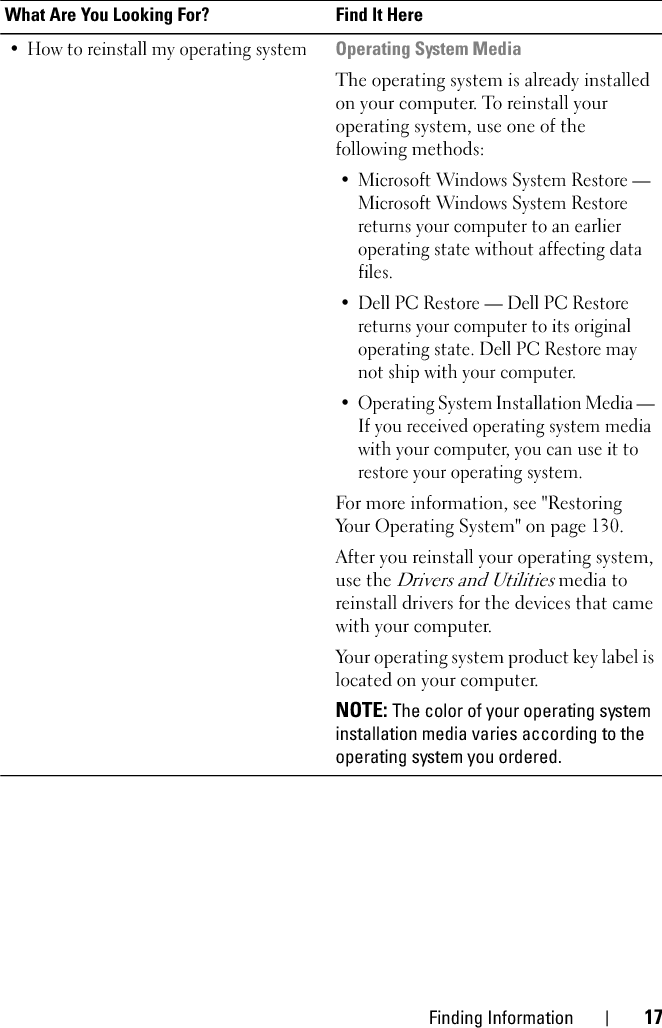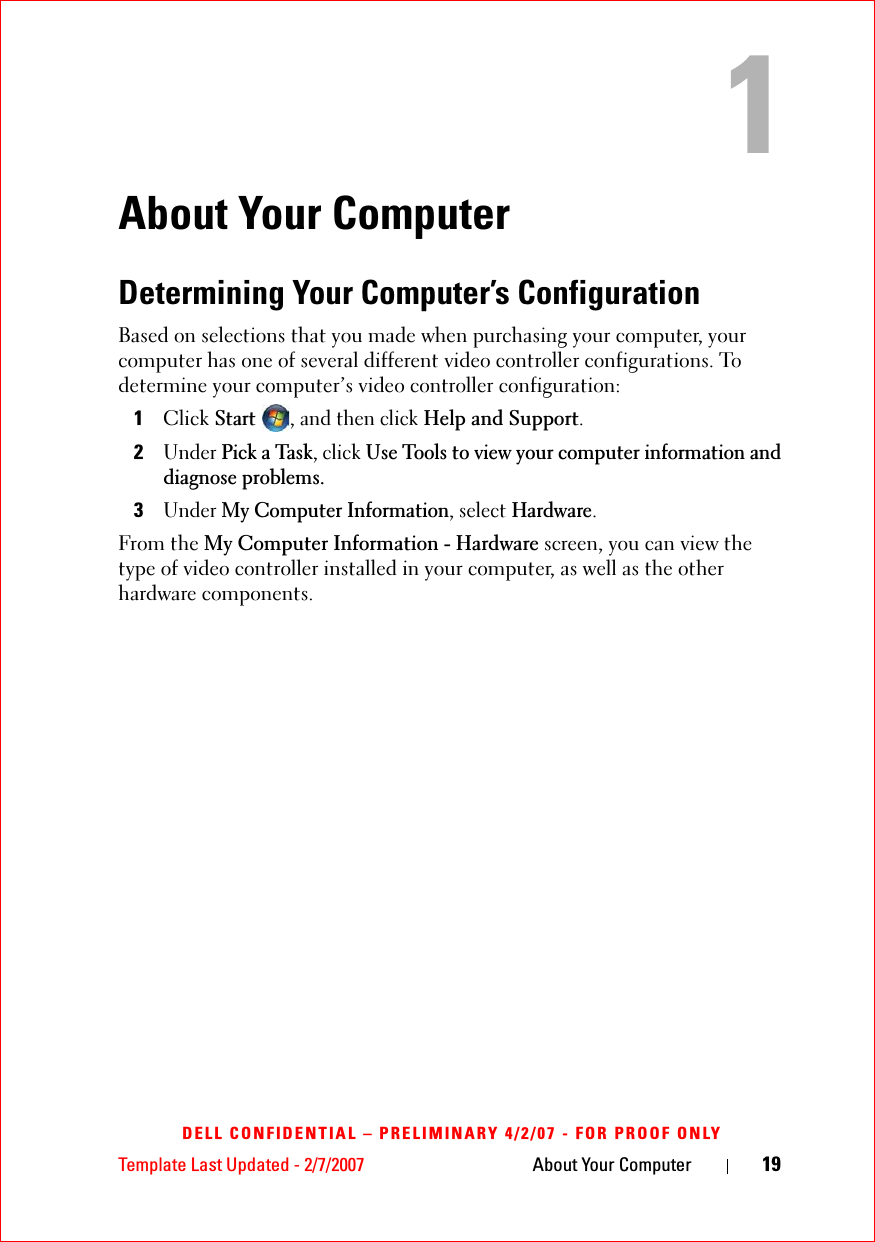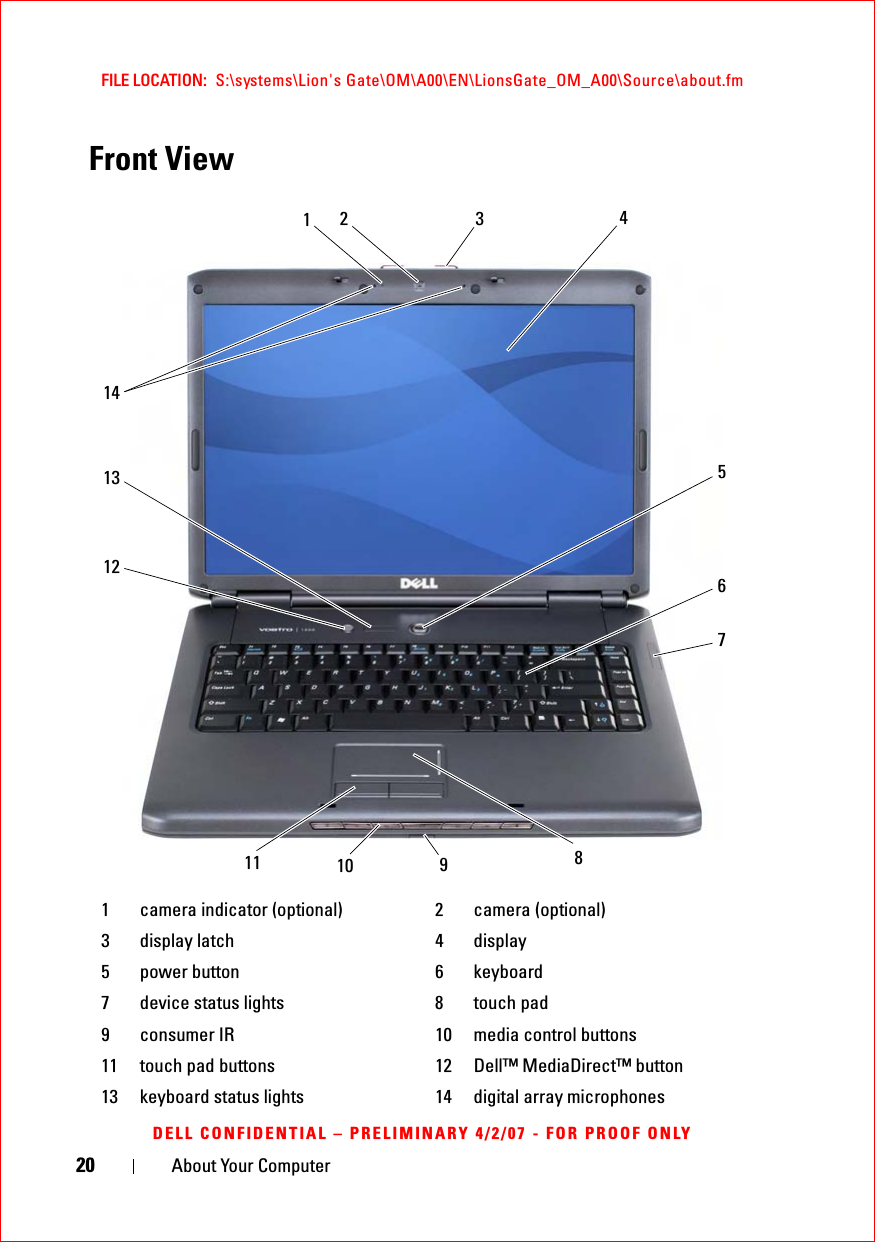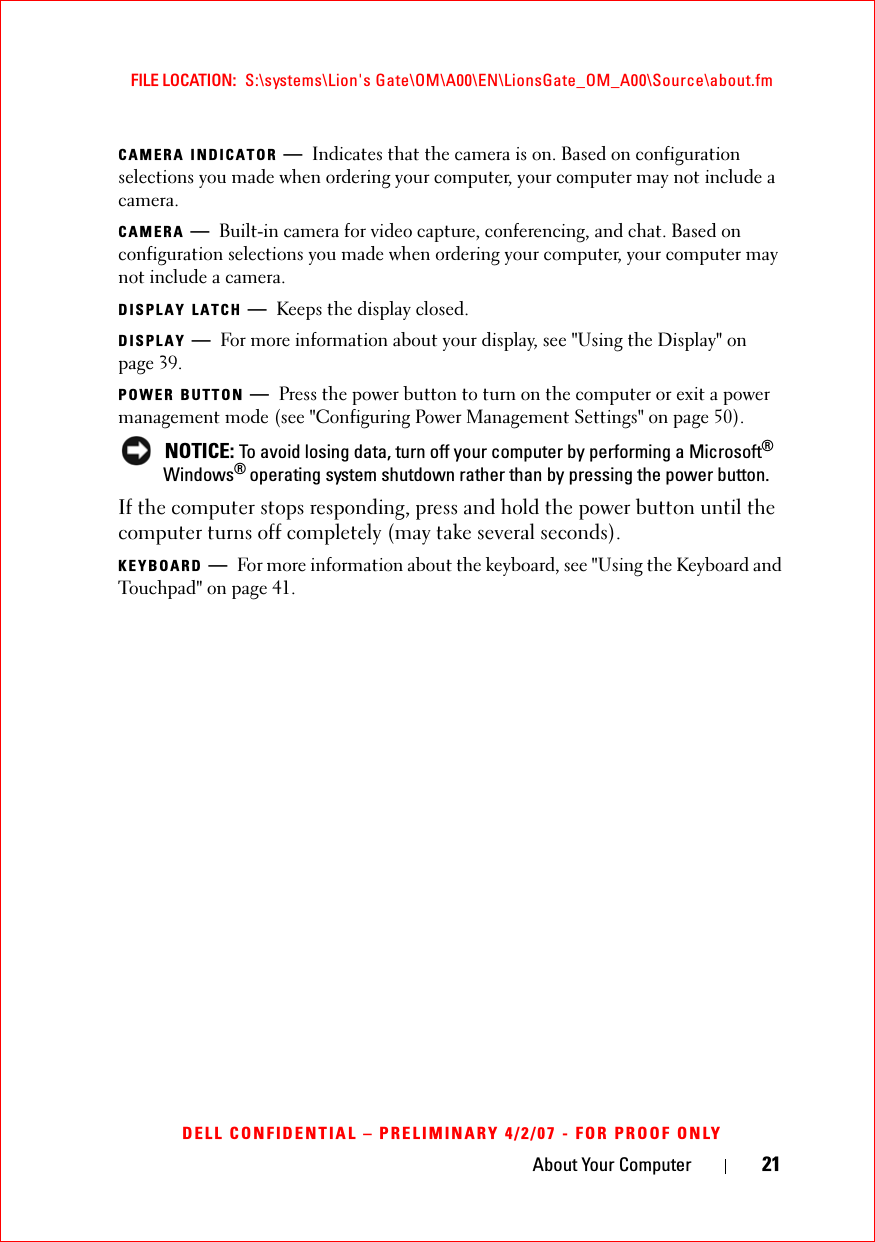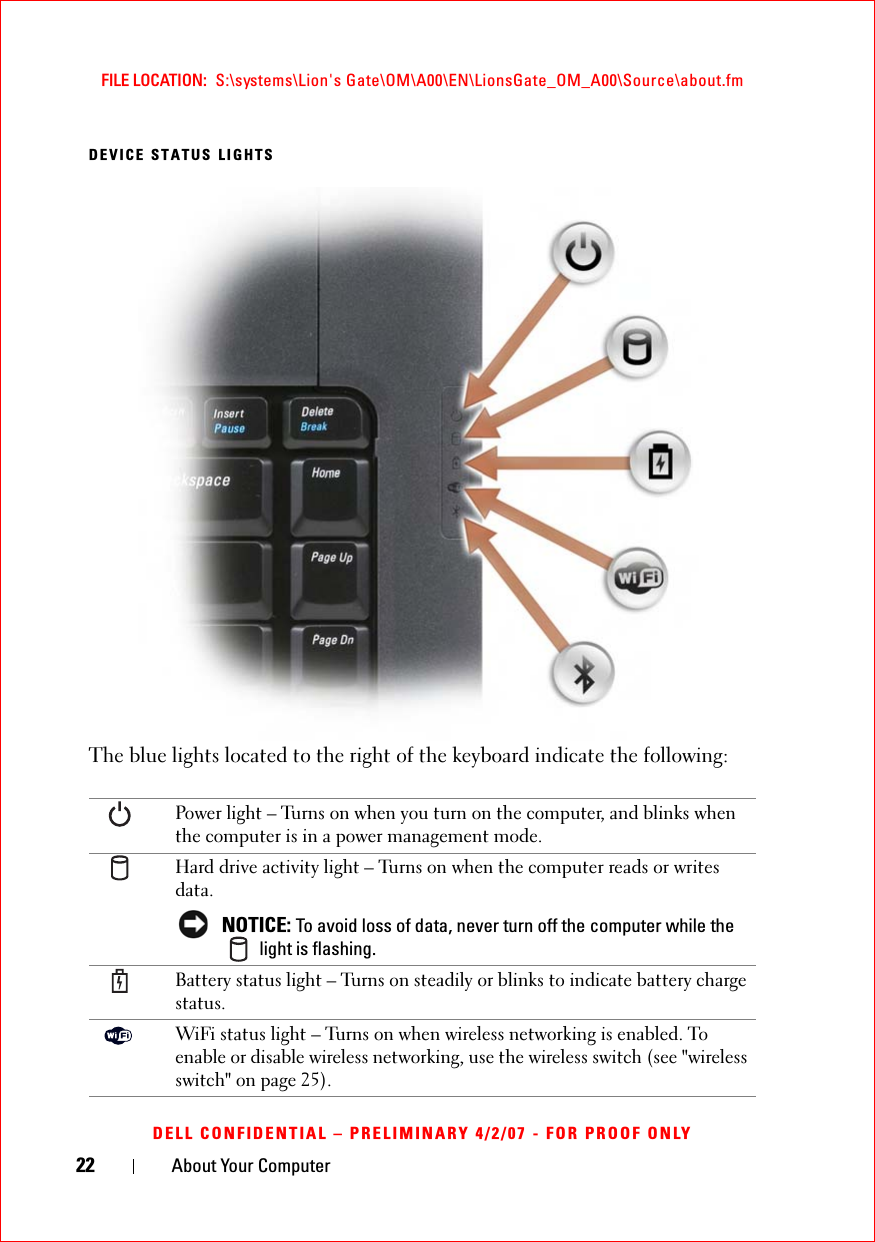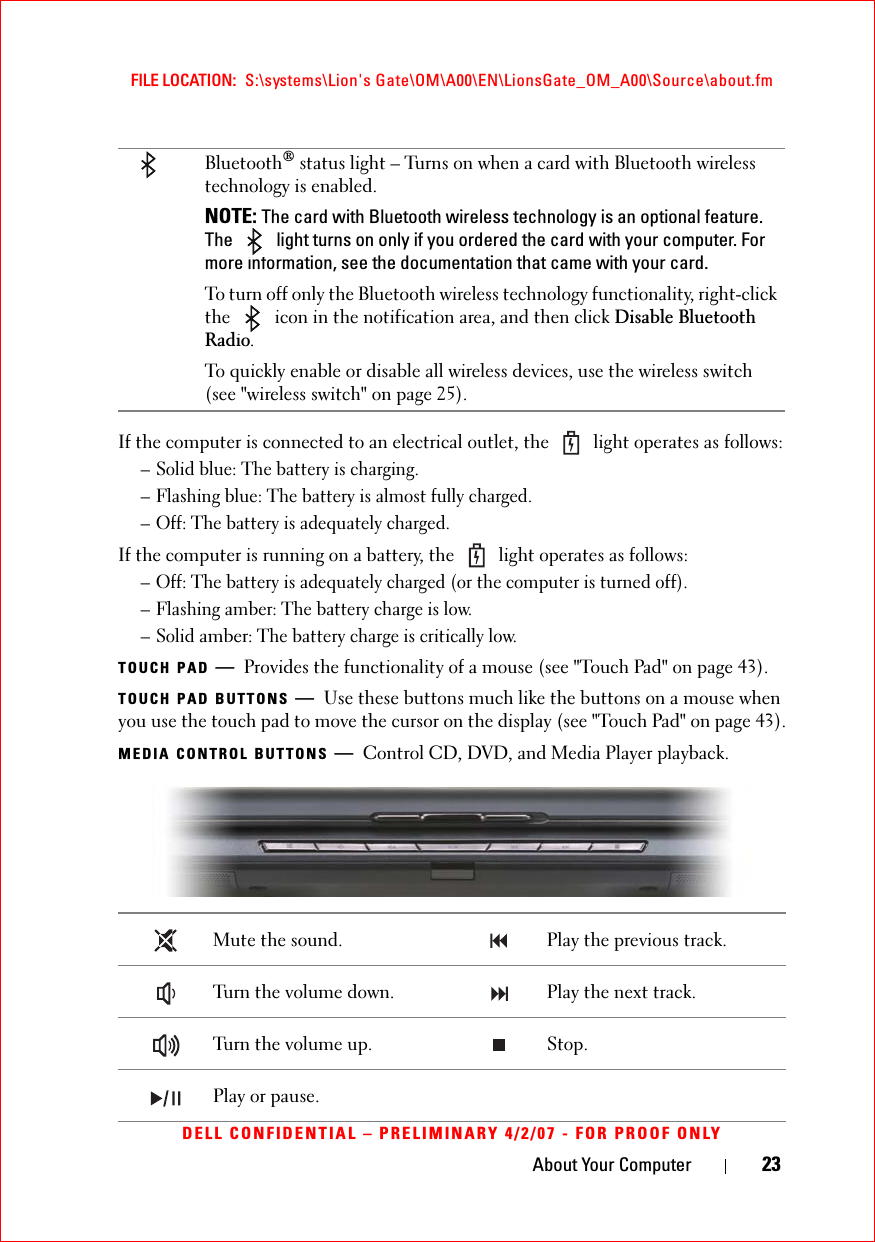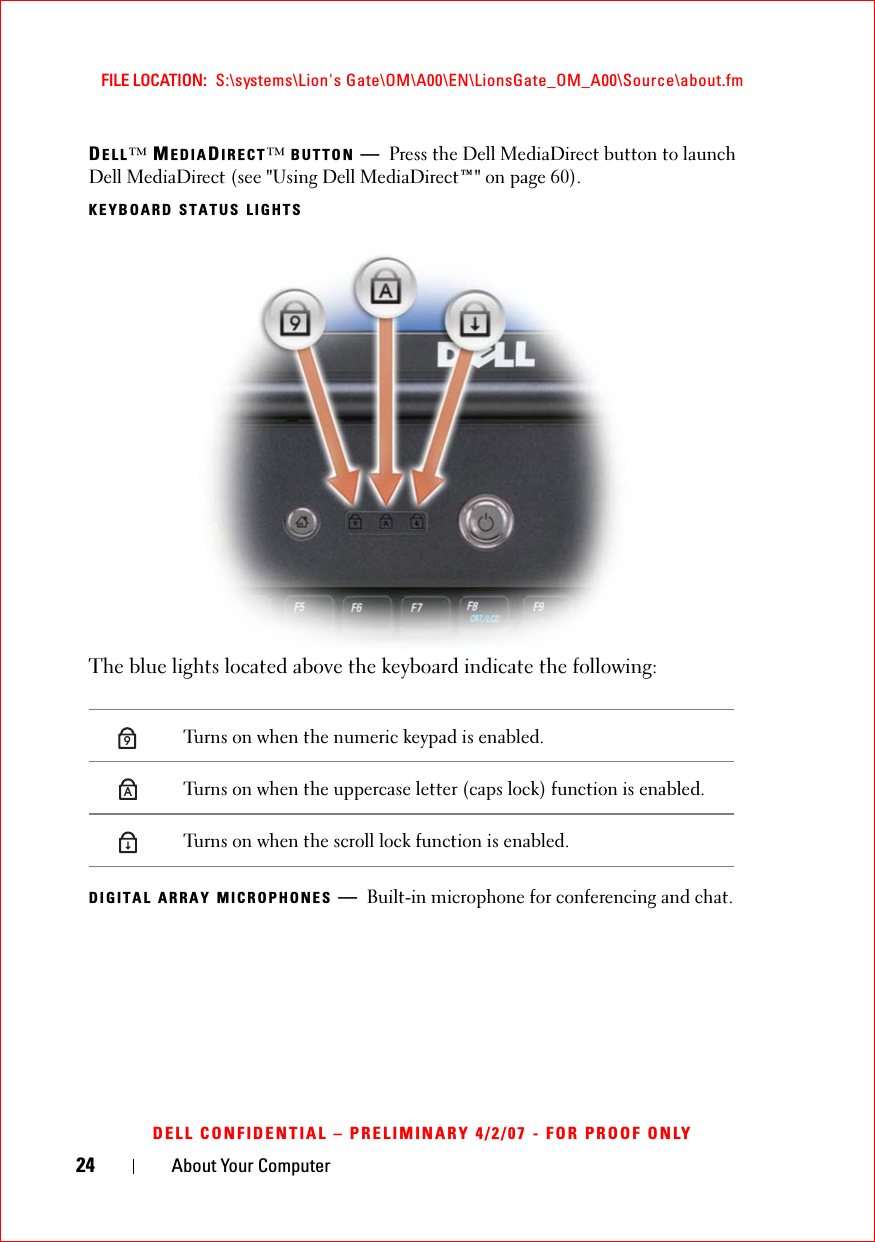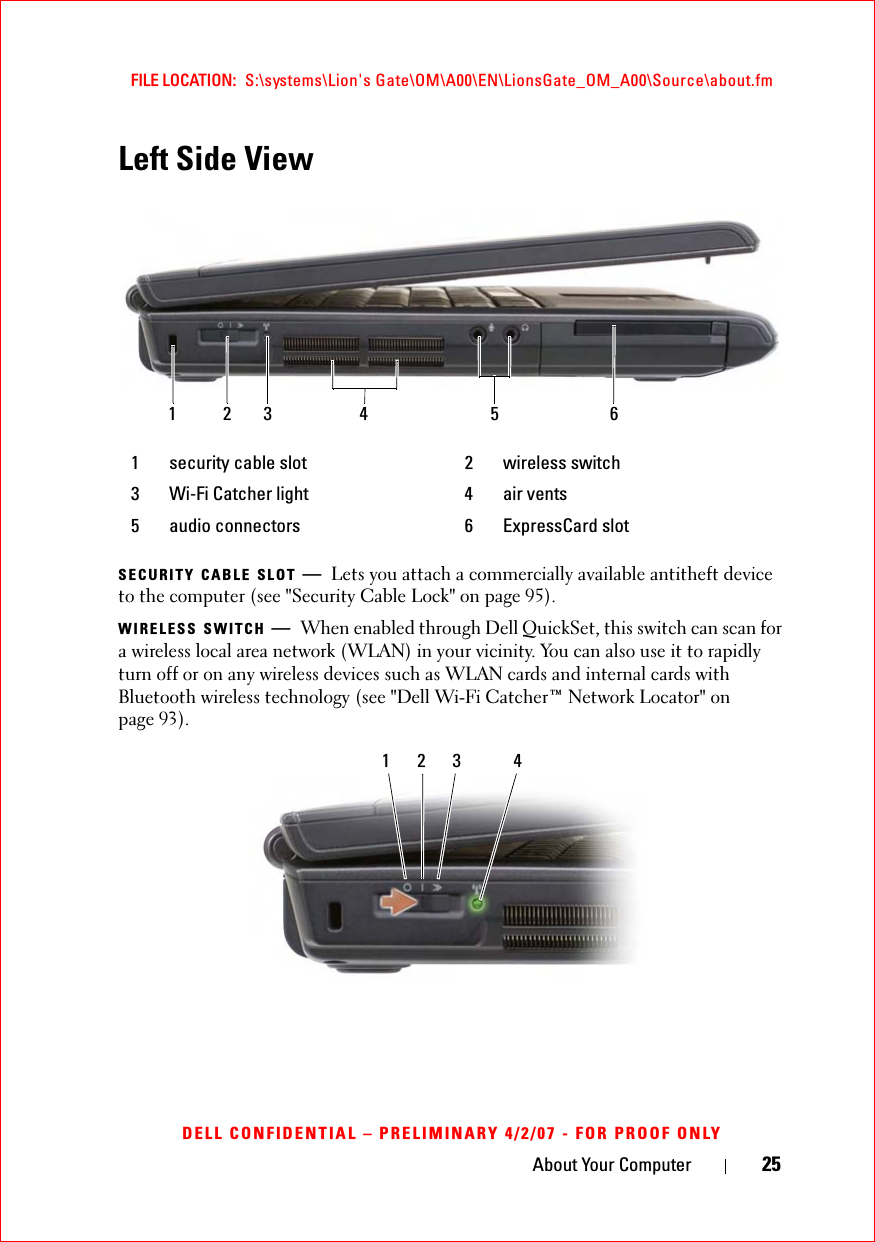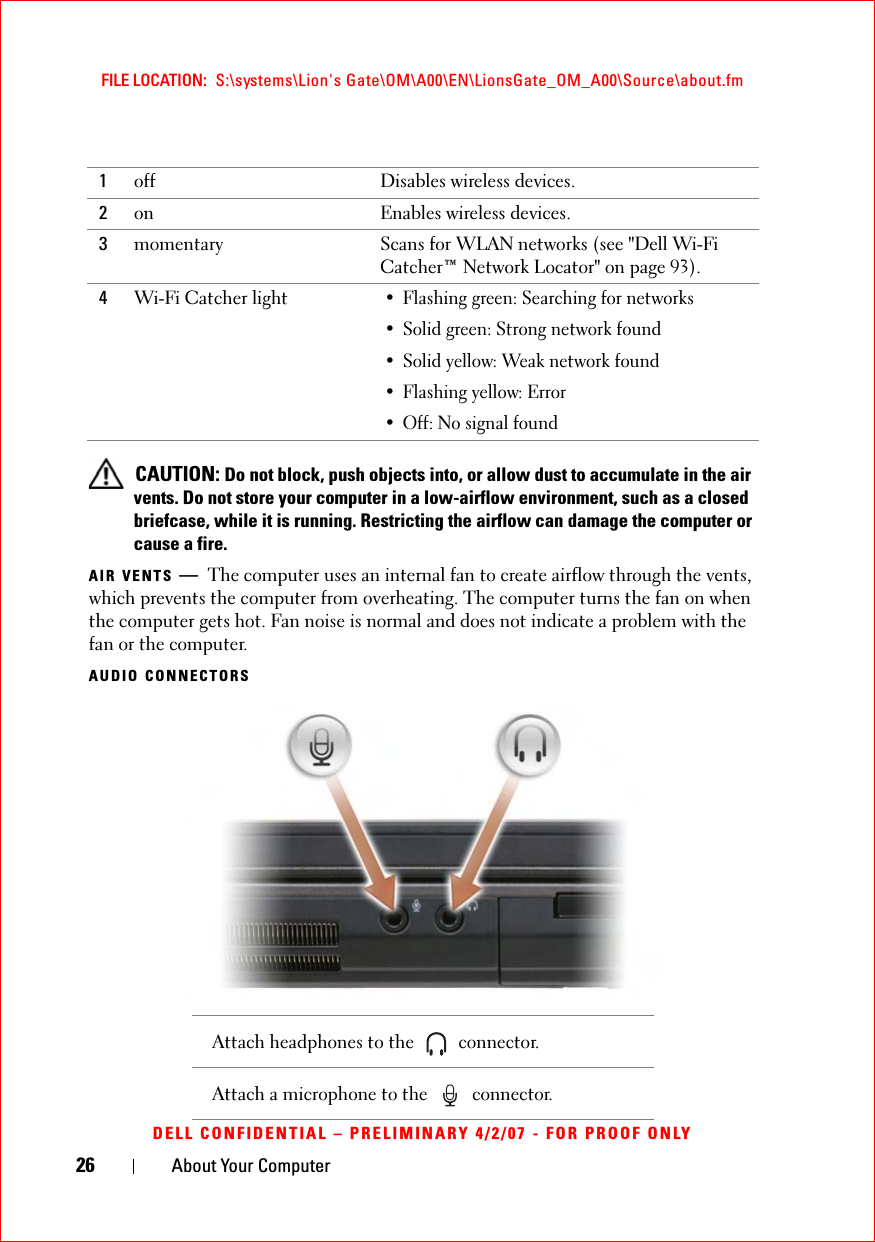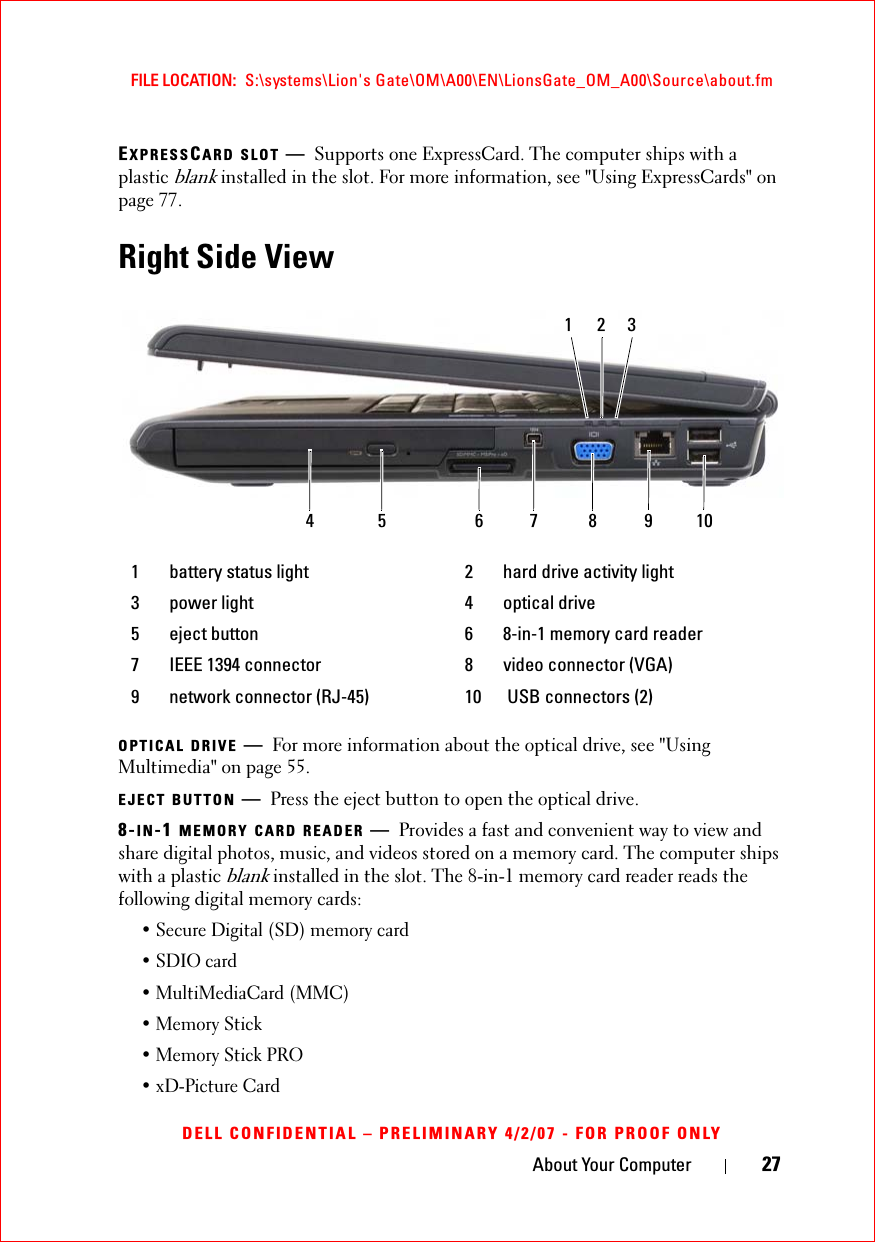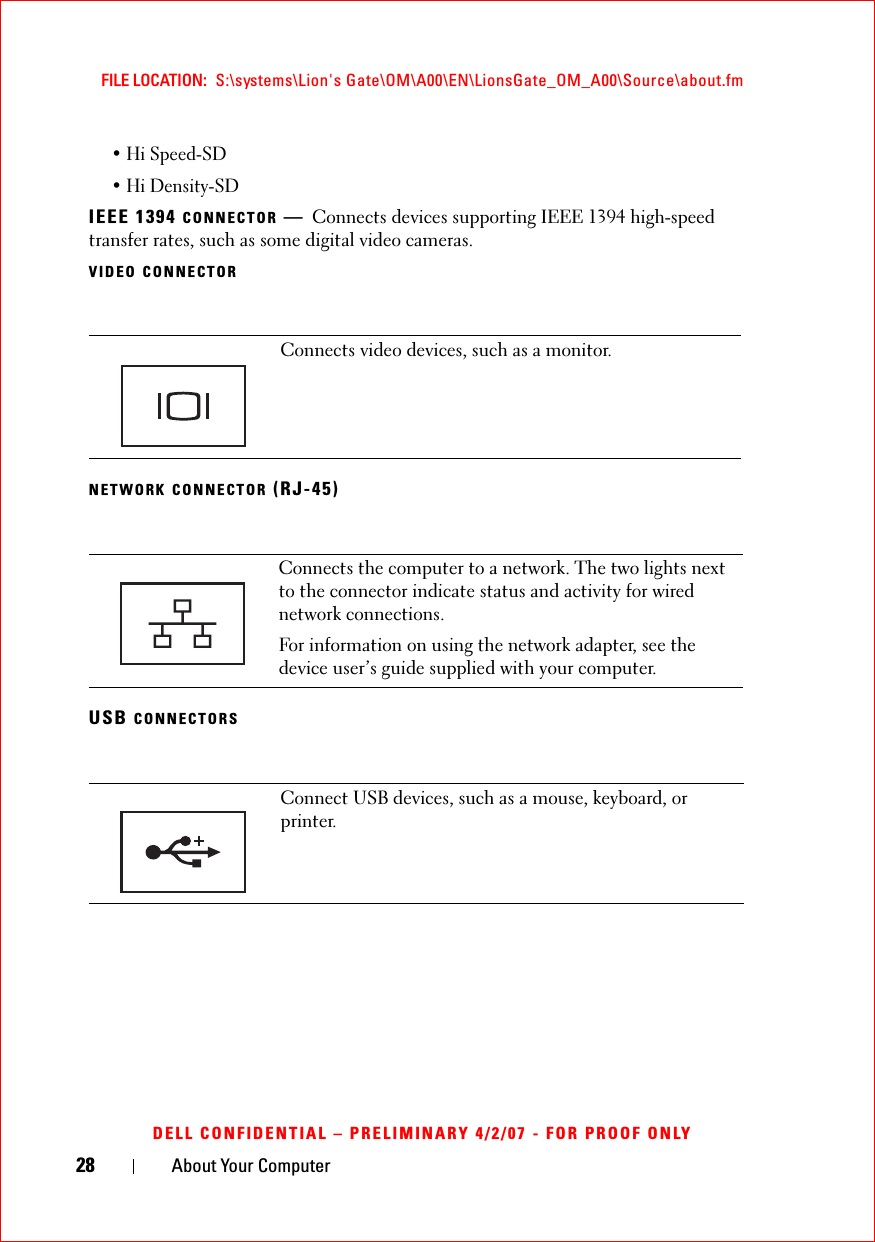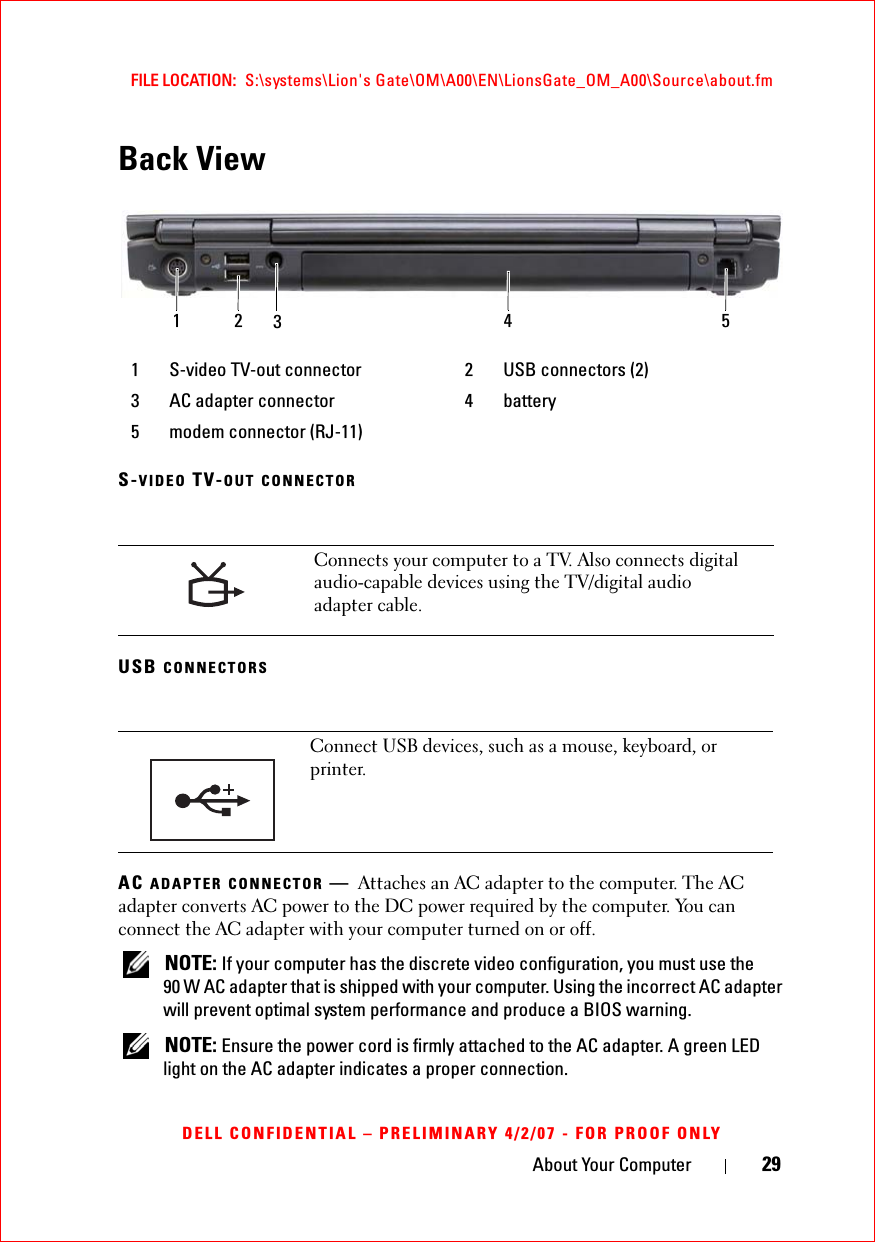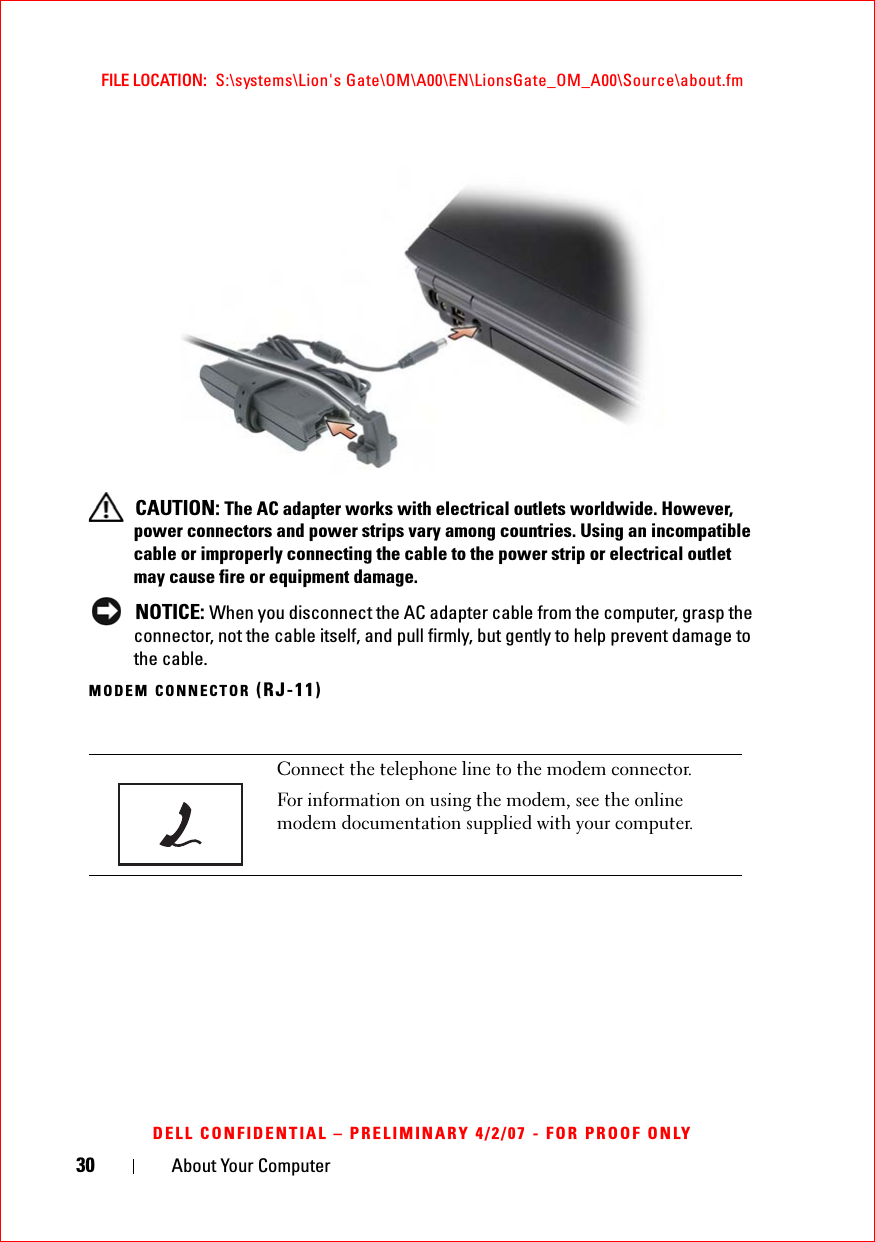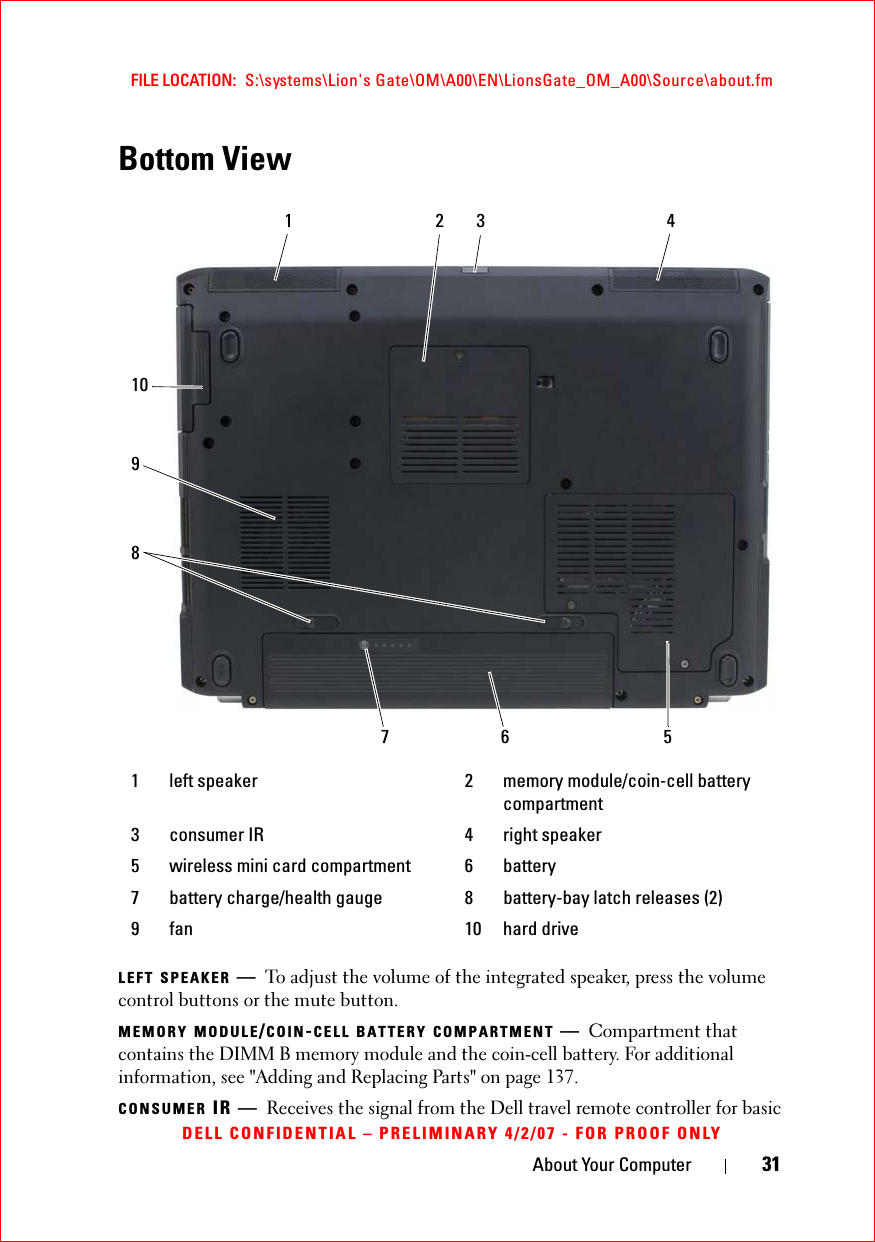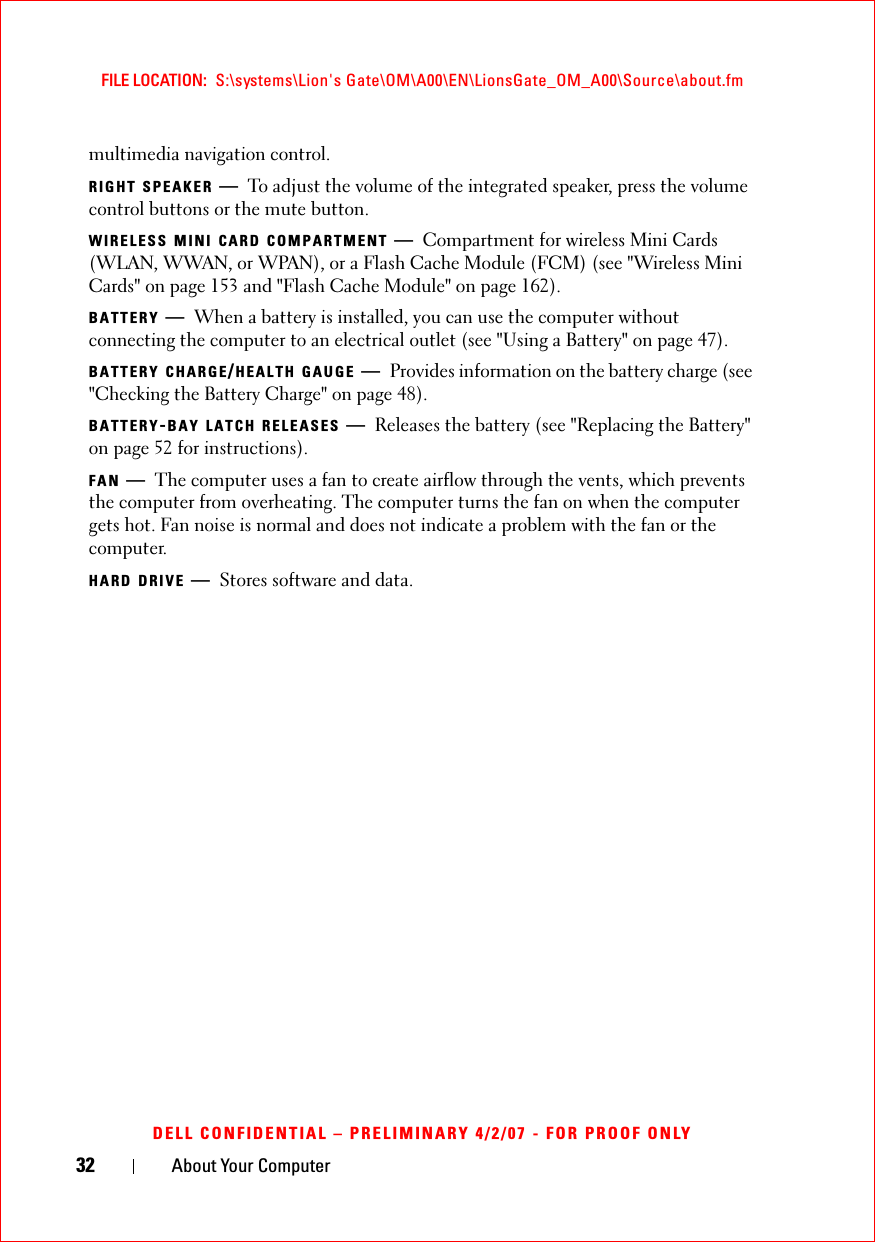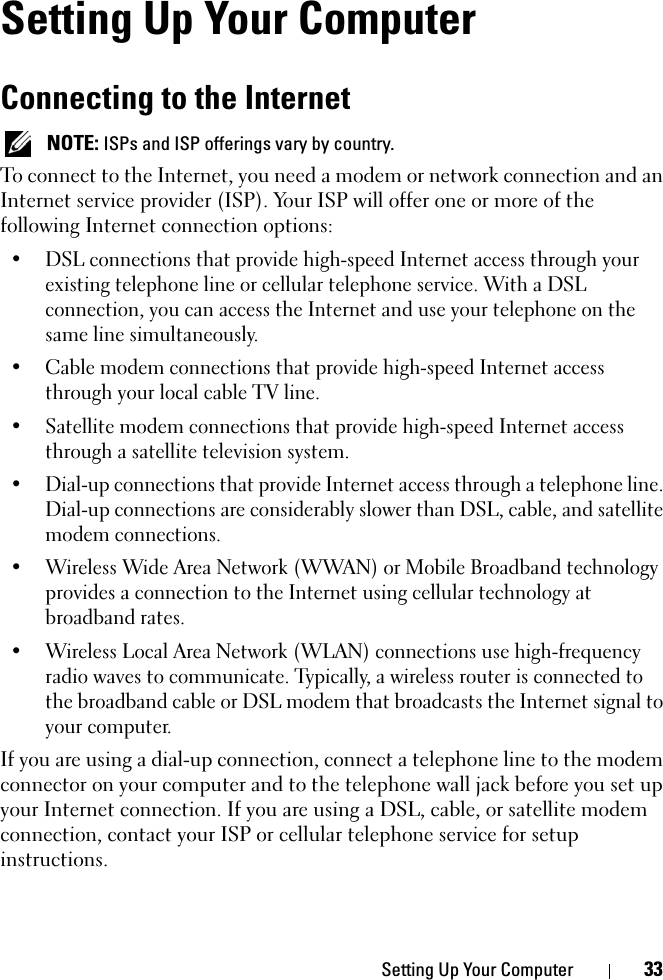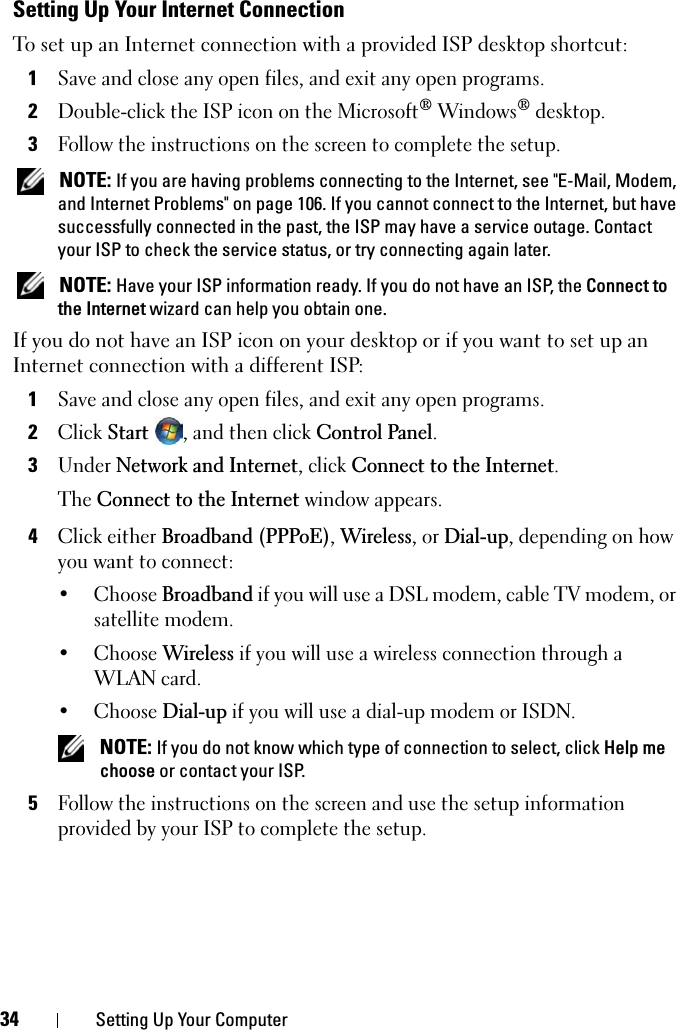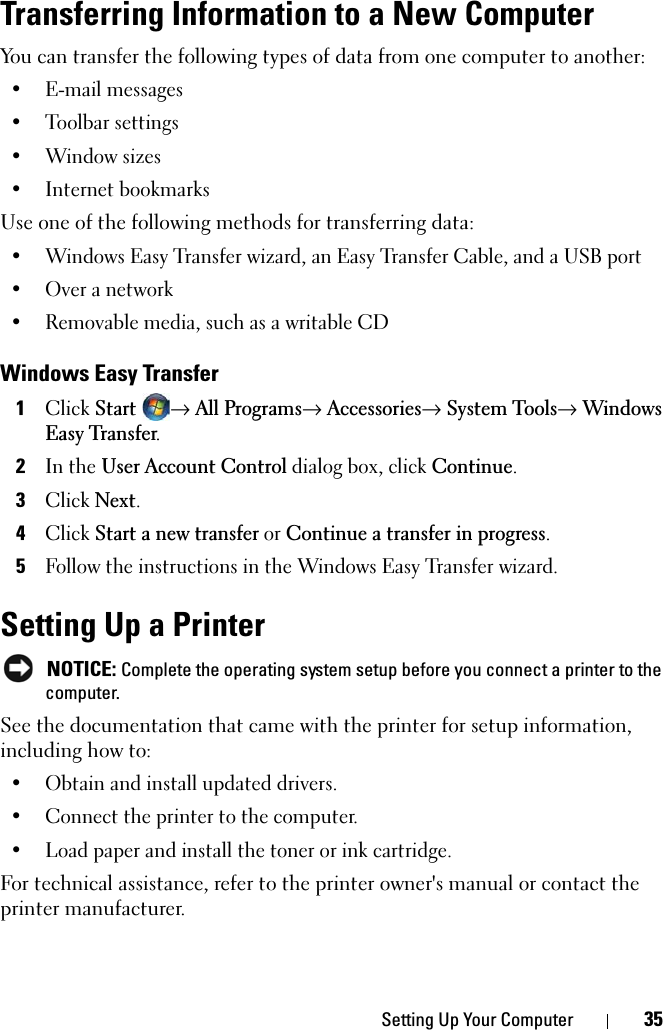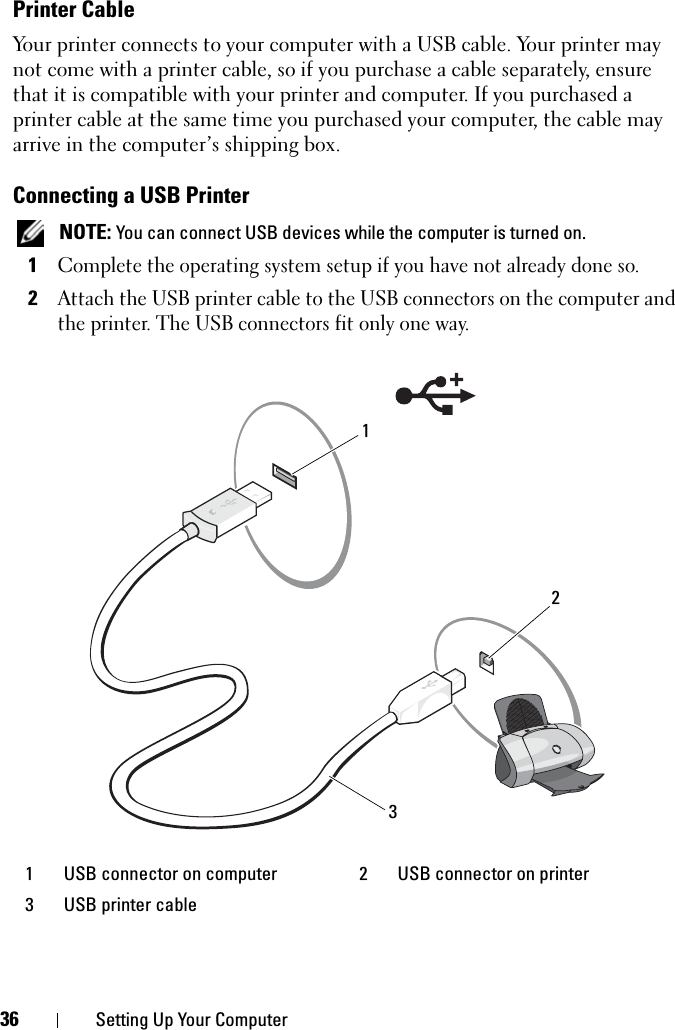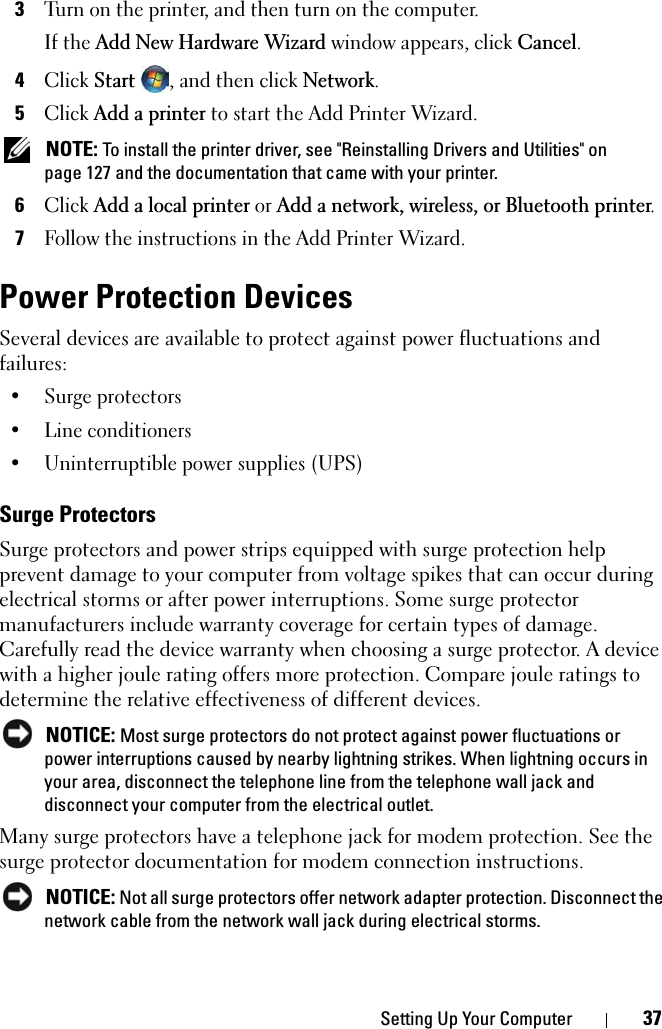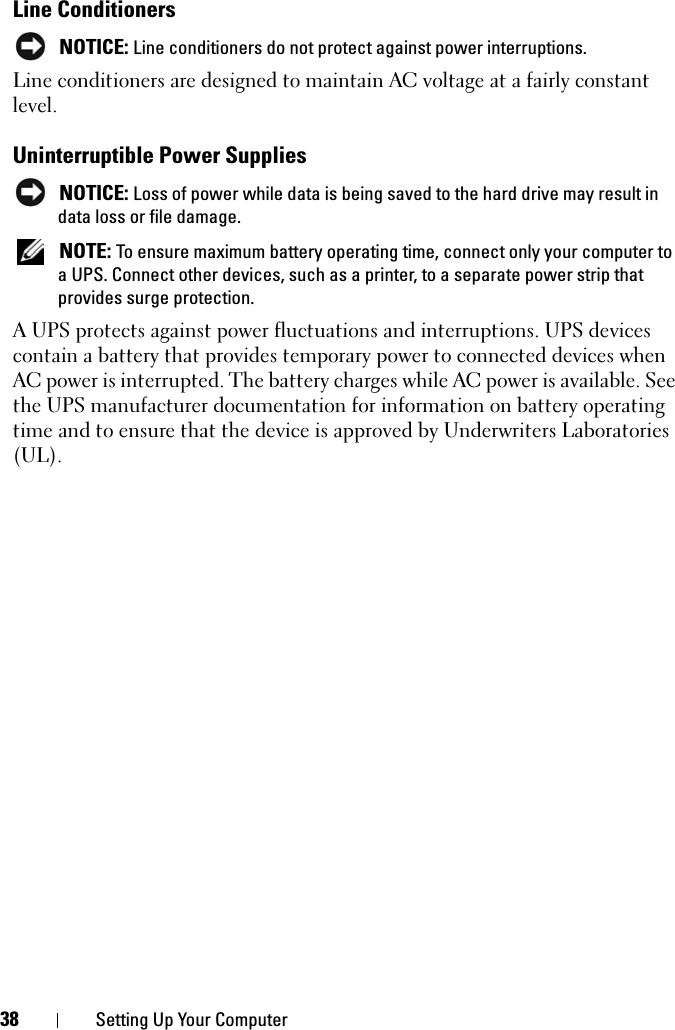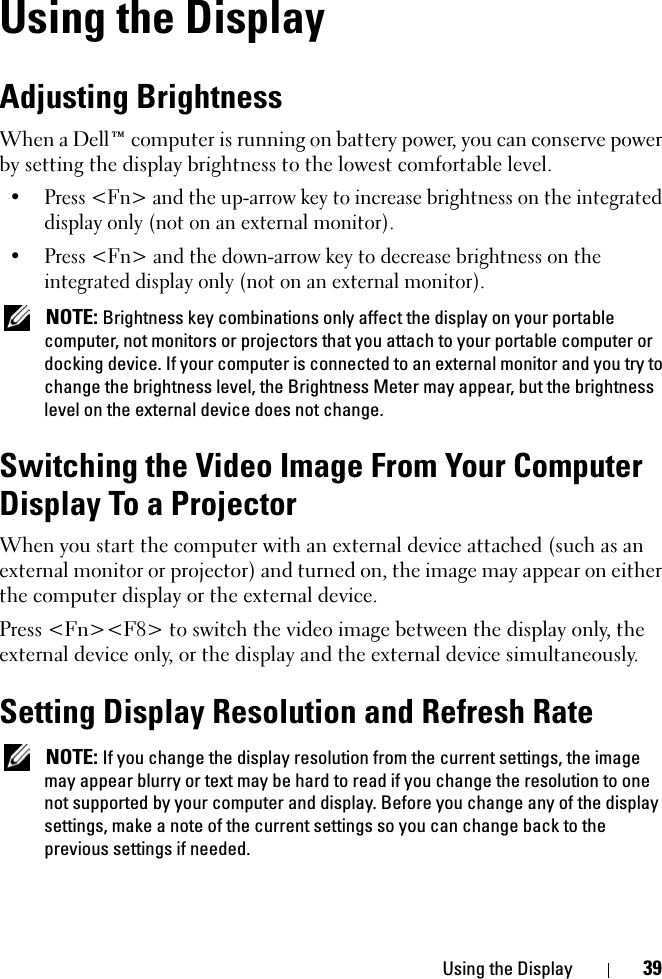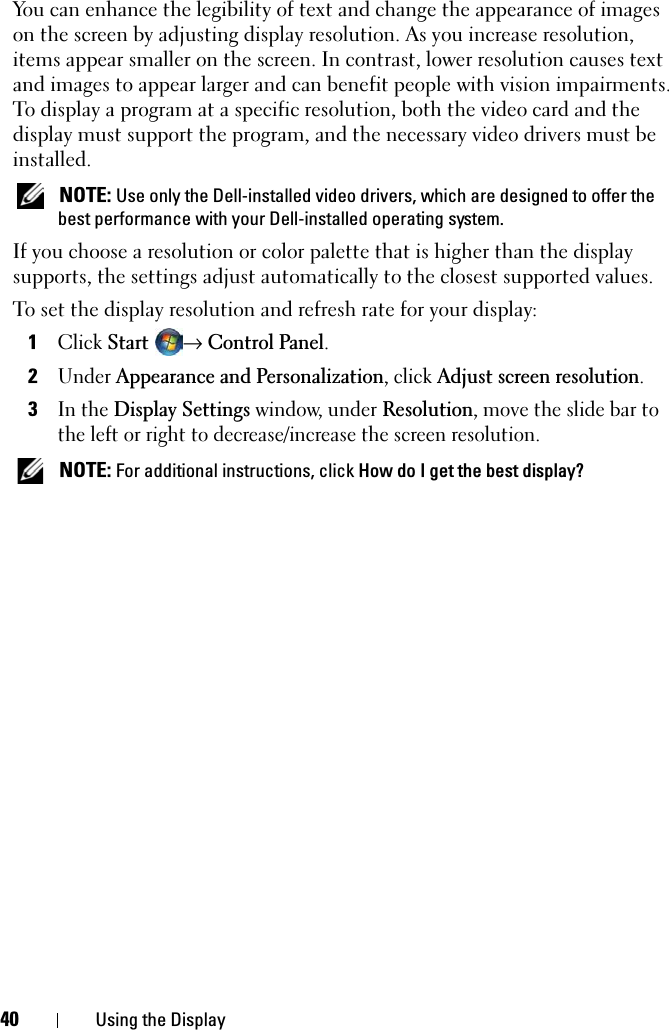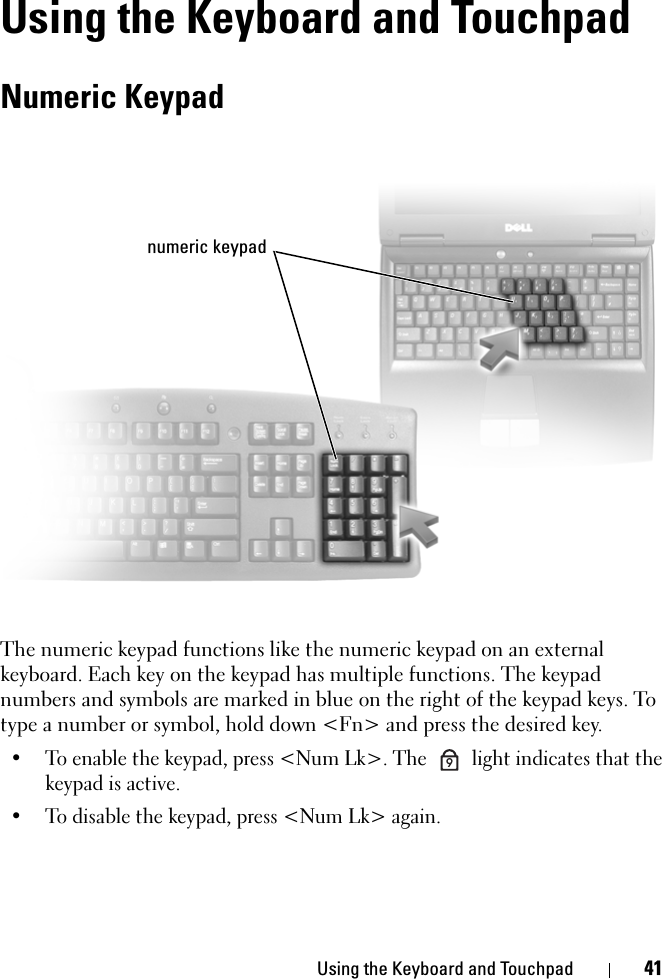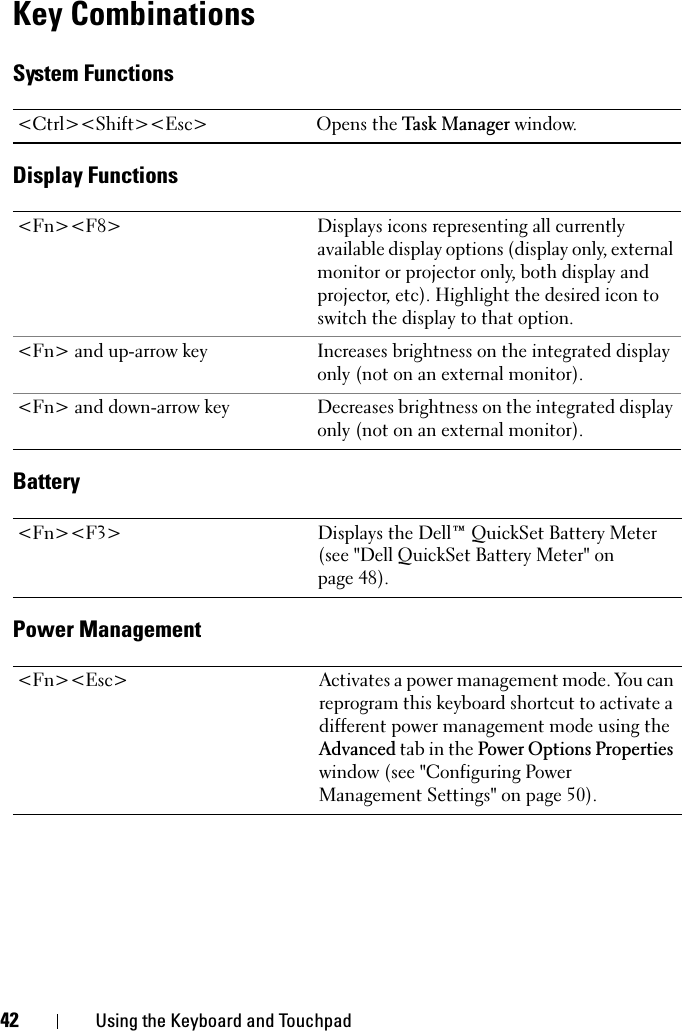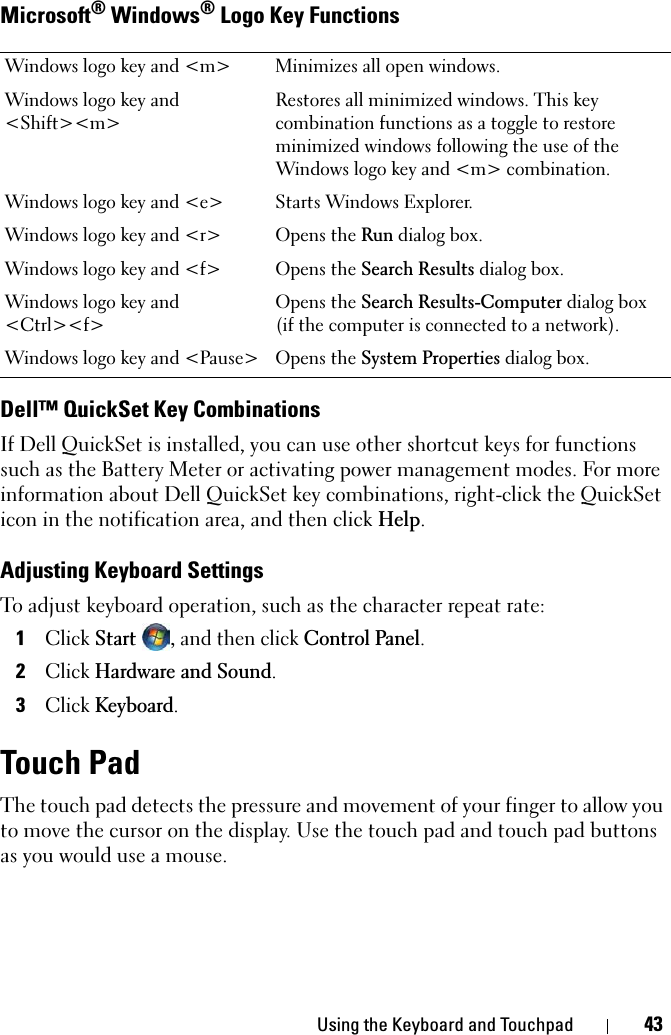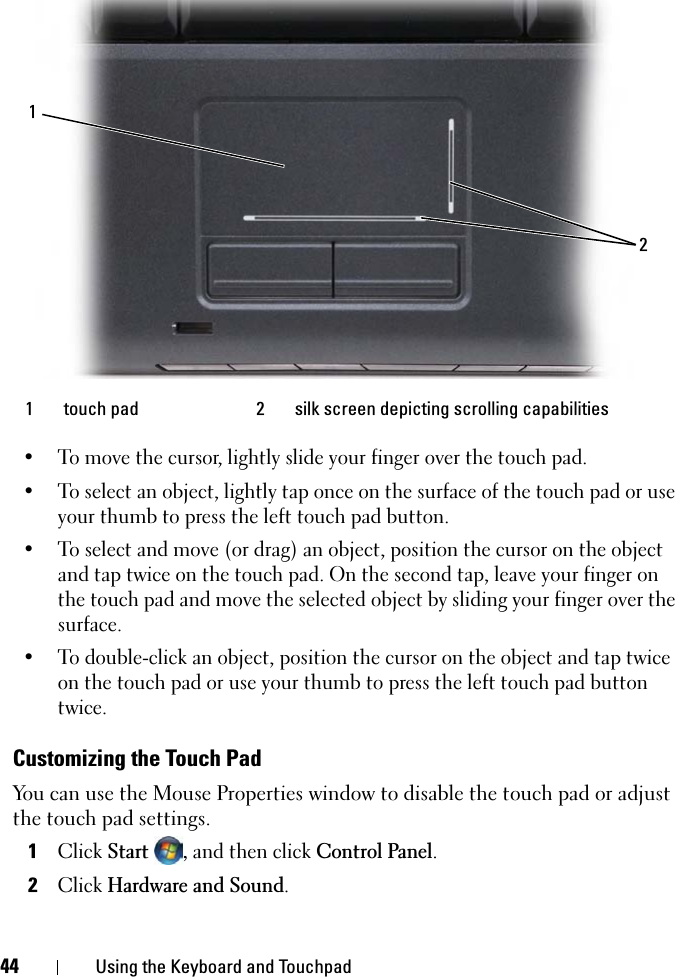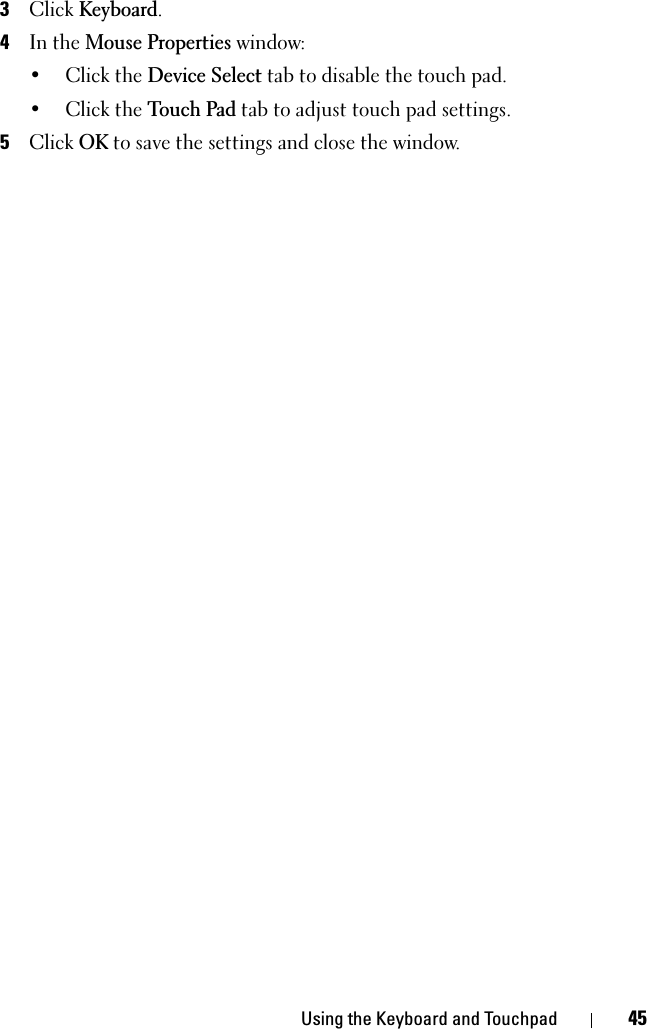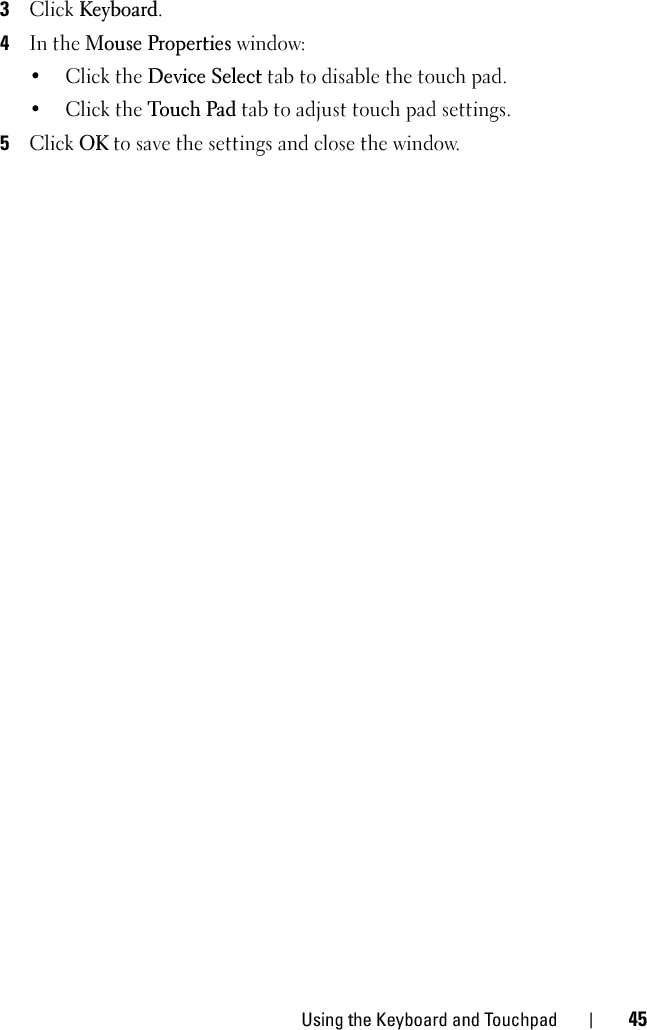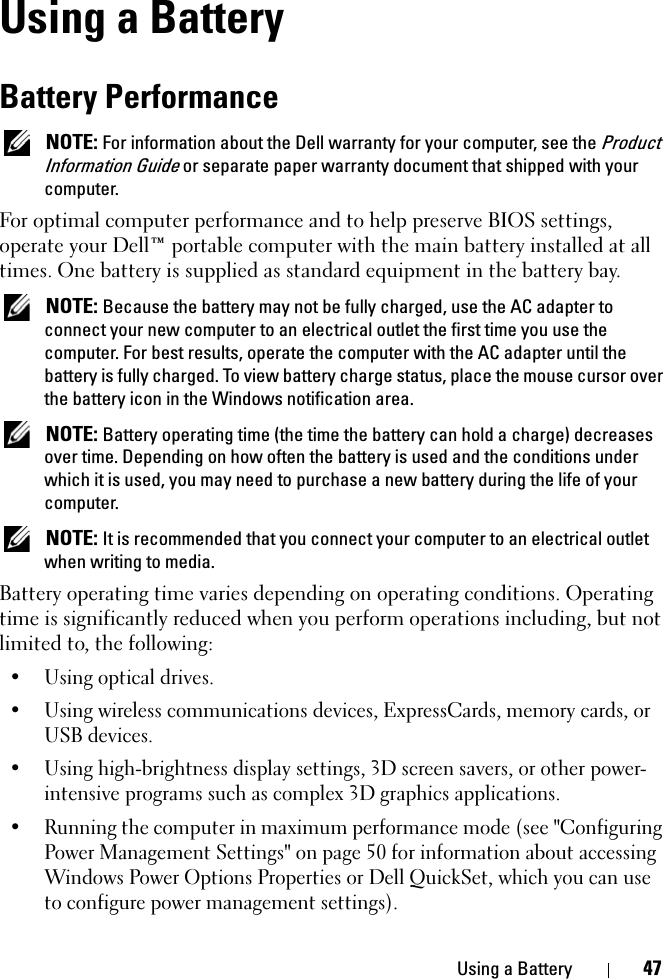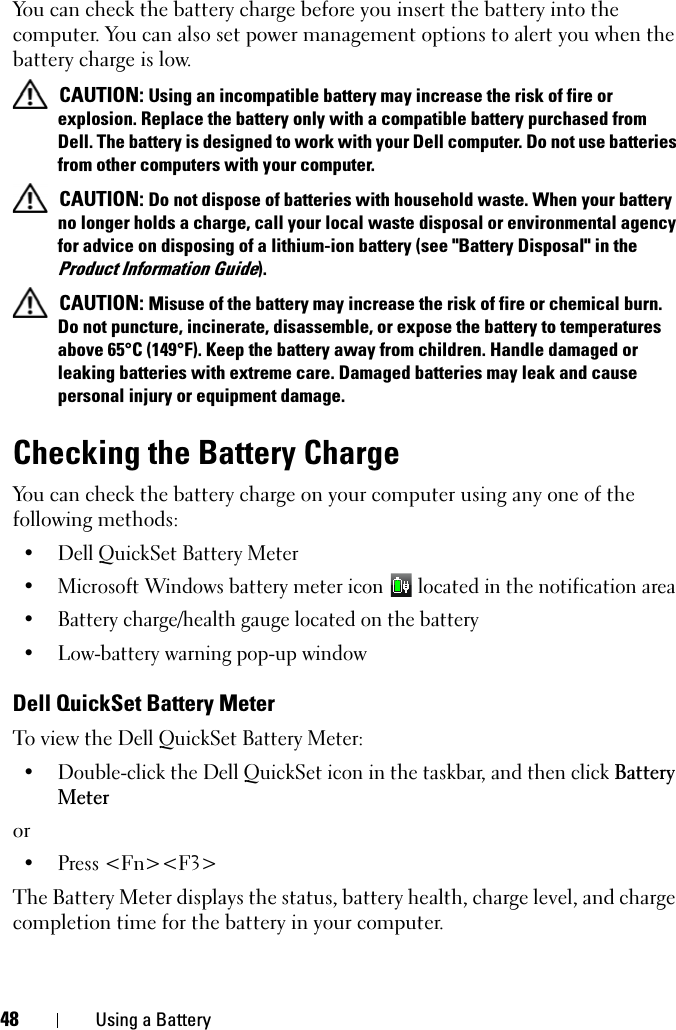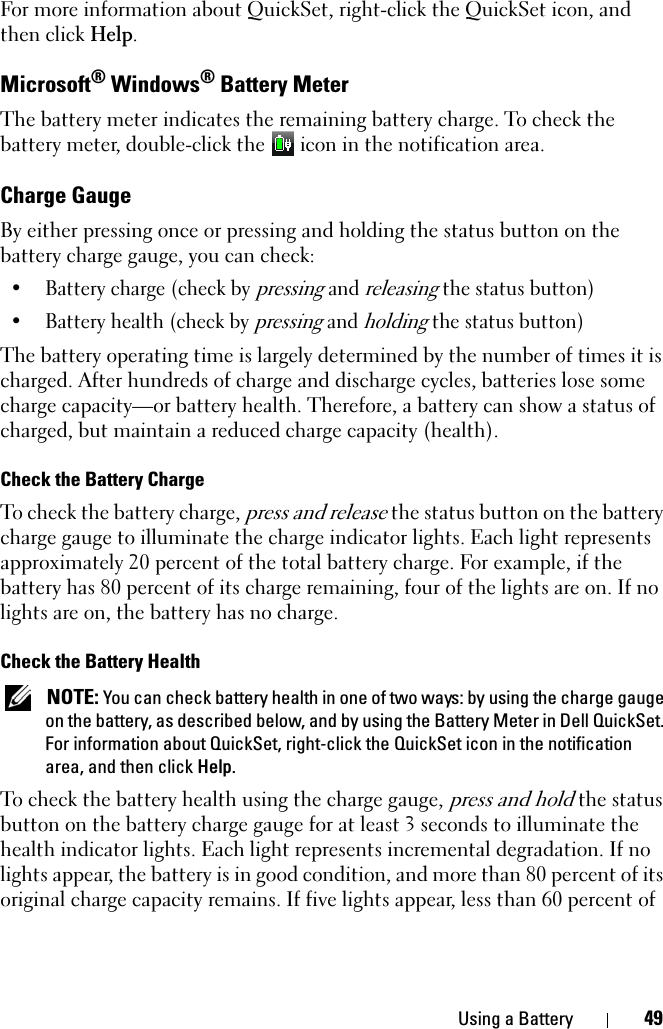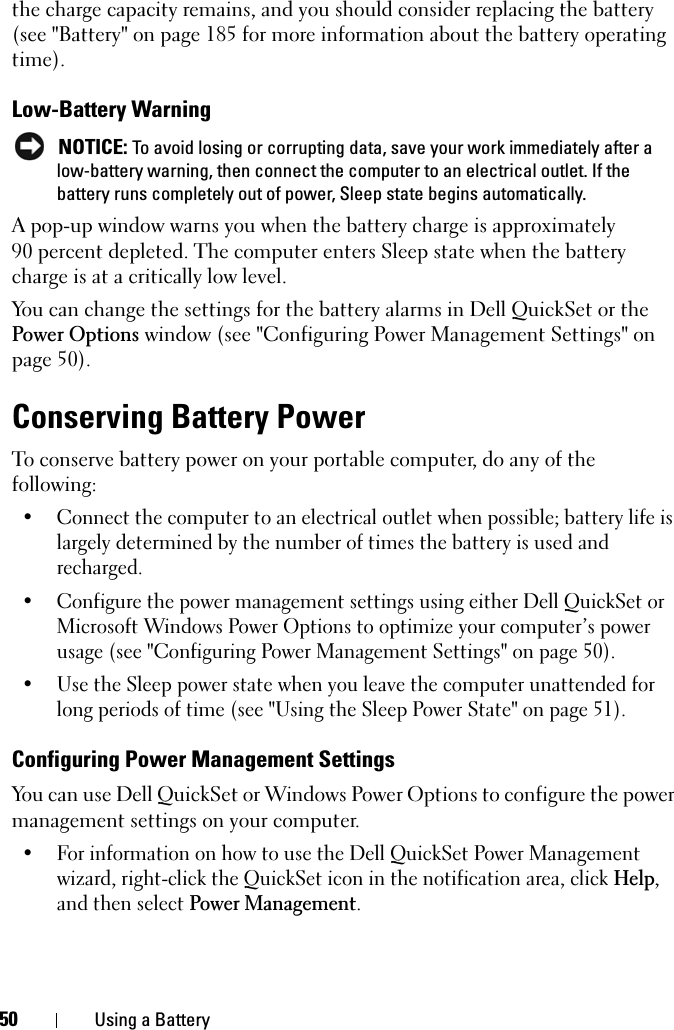Novatel Wireless NRM-EU860D Dual Band Licensed Modular Transmitter User Manual book
Novatel Wireless, Inc. Dual Band Licensed Modular Transmitter book
Contents
- 1. Part 1
- 2. Part 2
- 3. Manual 1
- 4. Manual 2
- 5. Manual 3
- 6. Manual 4
- 7. User Manual 1
- 8. User Manual 2
- 9. User Manual M1210
- 10. User Manual D430
- 11. User Manual D420
- 12. User Manual Corsica
- 13. User Manual Sapporo
- 14. User Manual Vostro 1
- 15. User Manual Vostro 2
- 16. Users Manual Vostro 3
- 17. Users Manual Vostro 4
- 18. User Manual 3
- 19. User Manual 4
- 20. User Manual Gilligan
User Manual Vostro 1

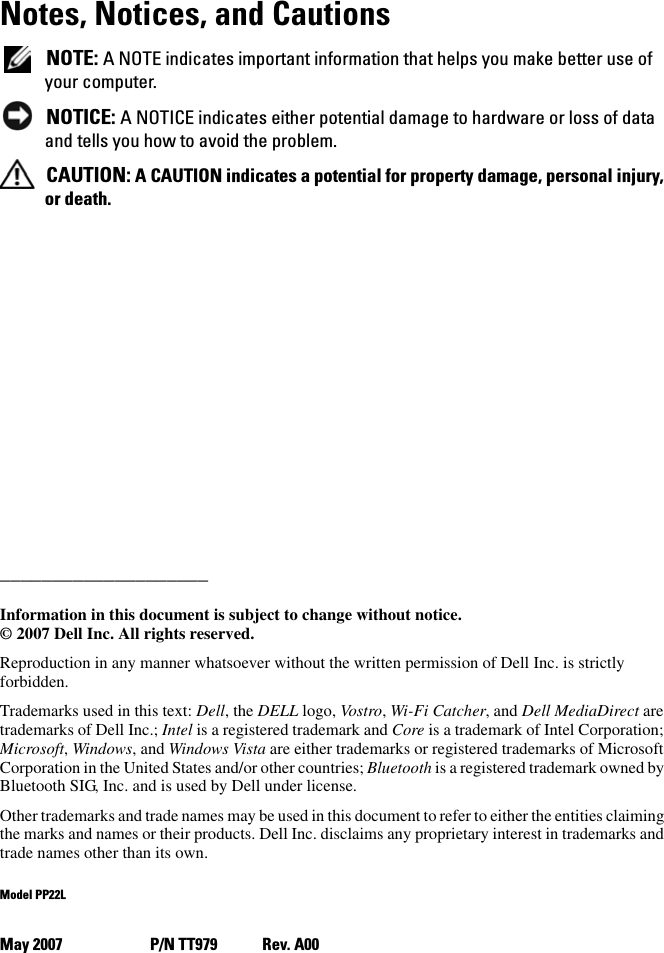
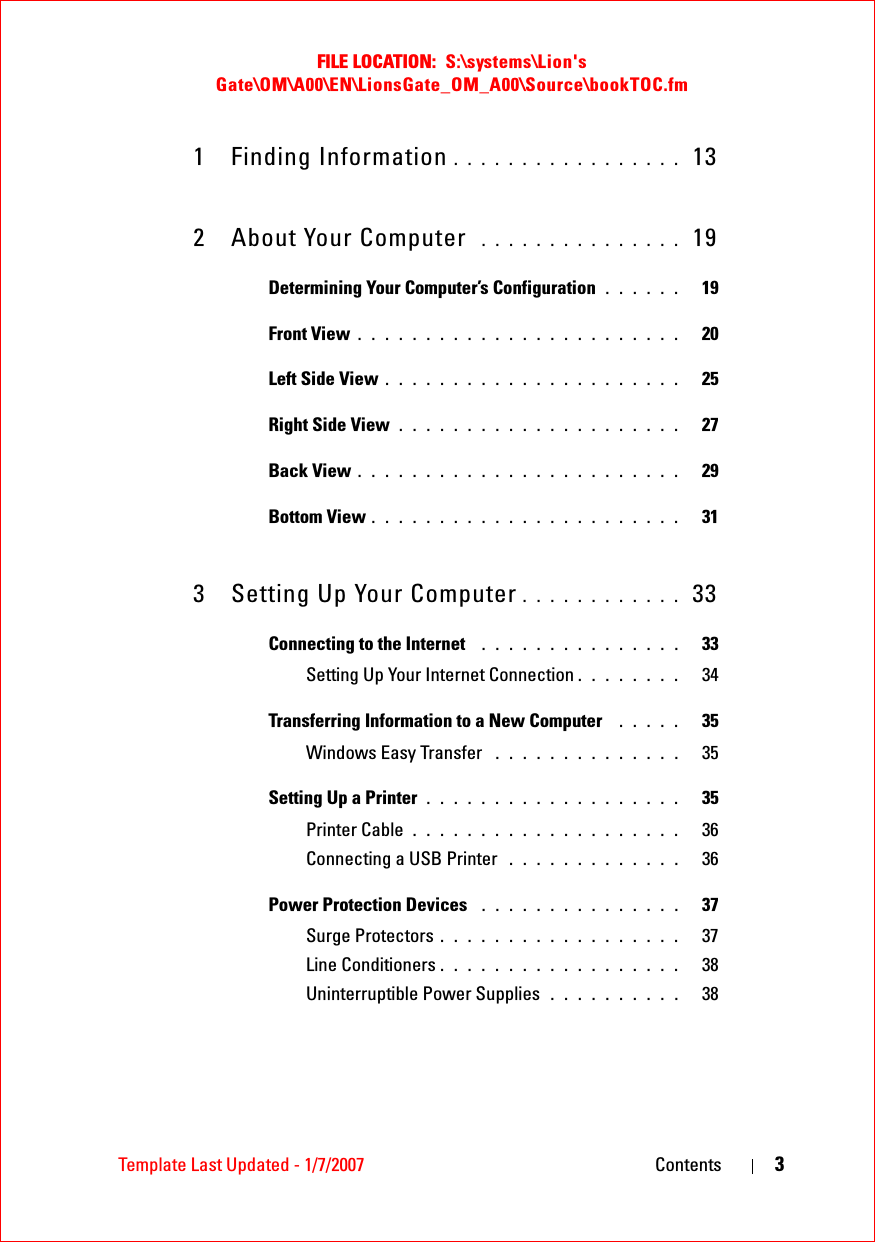
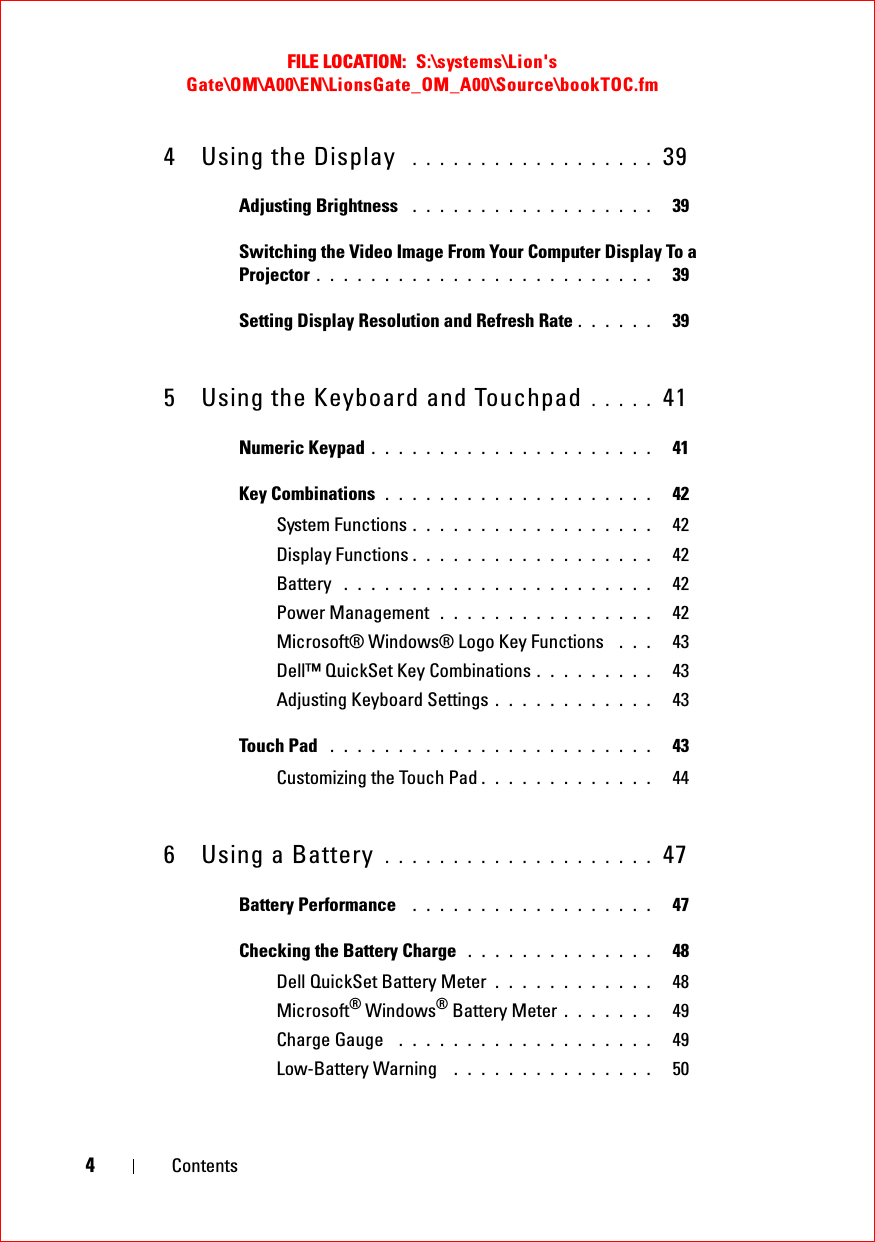
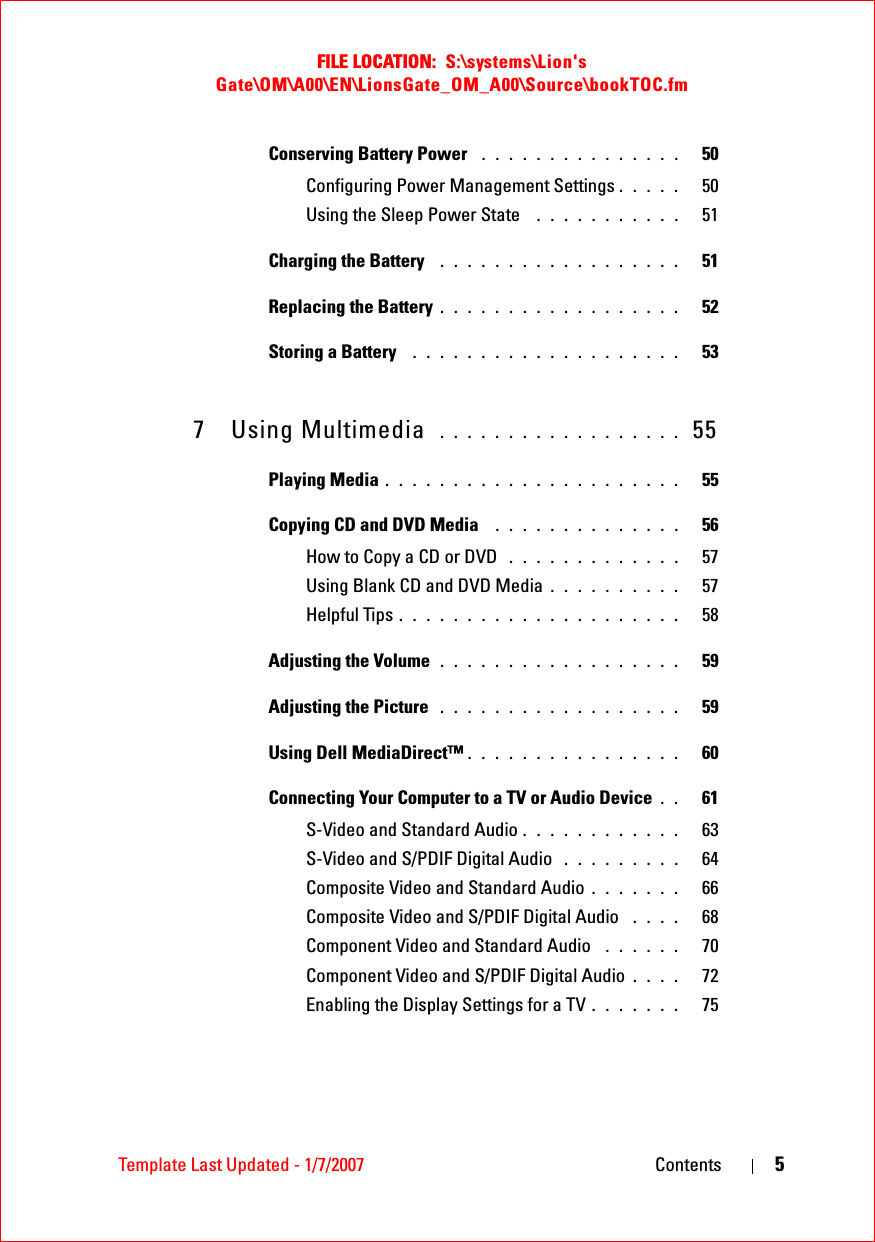
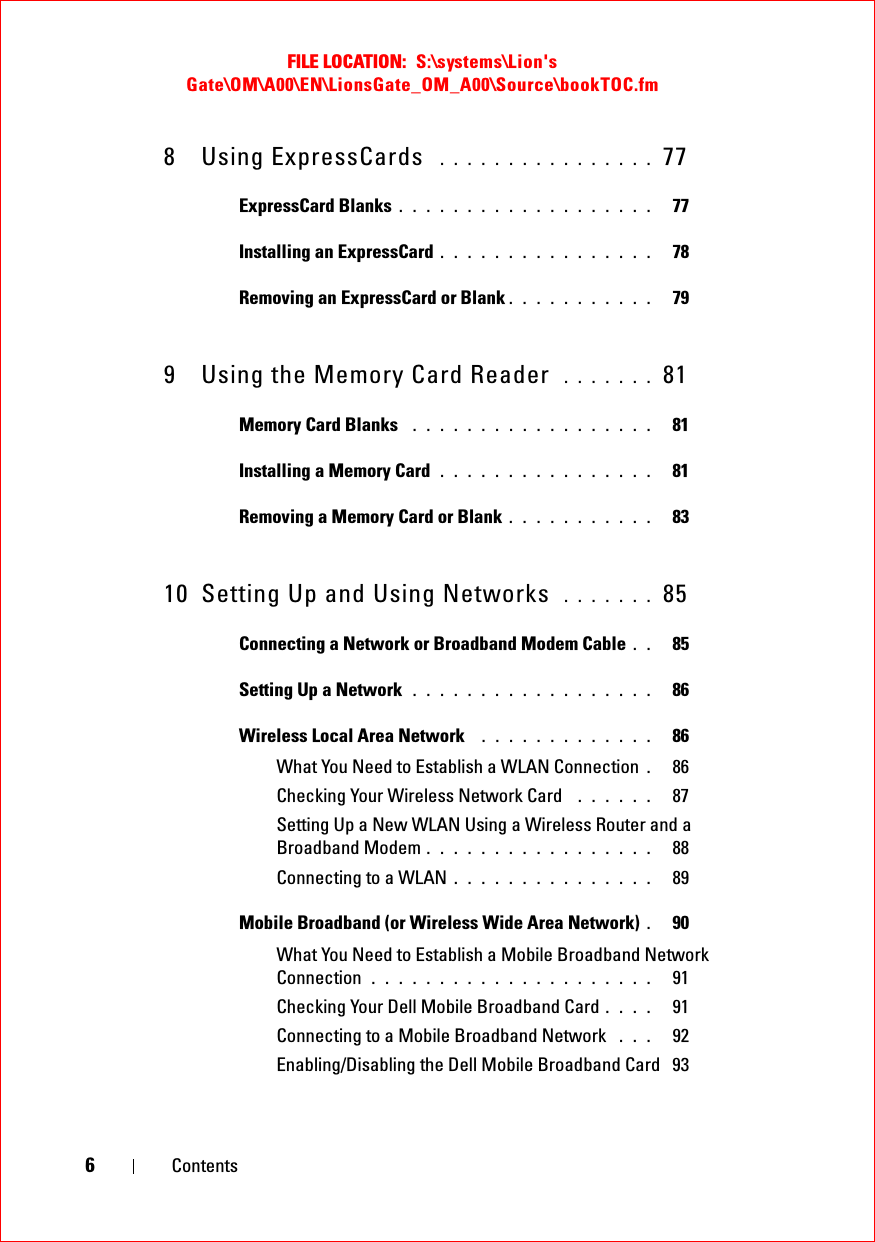
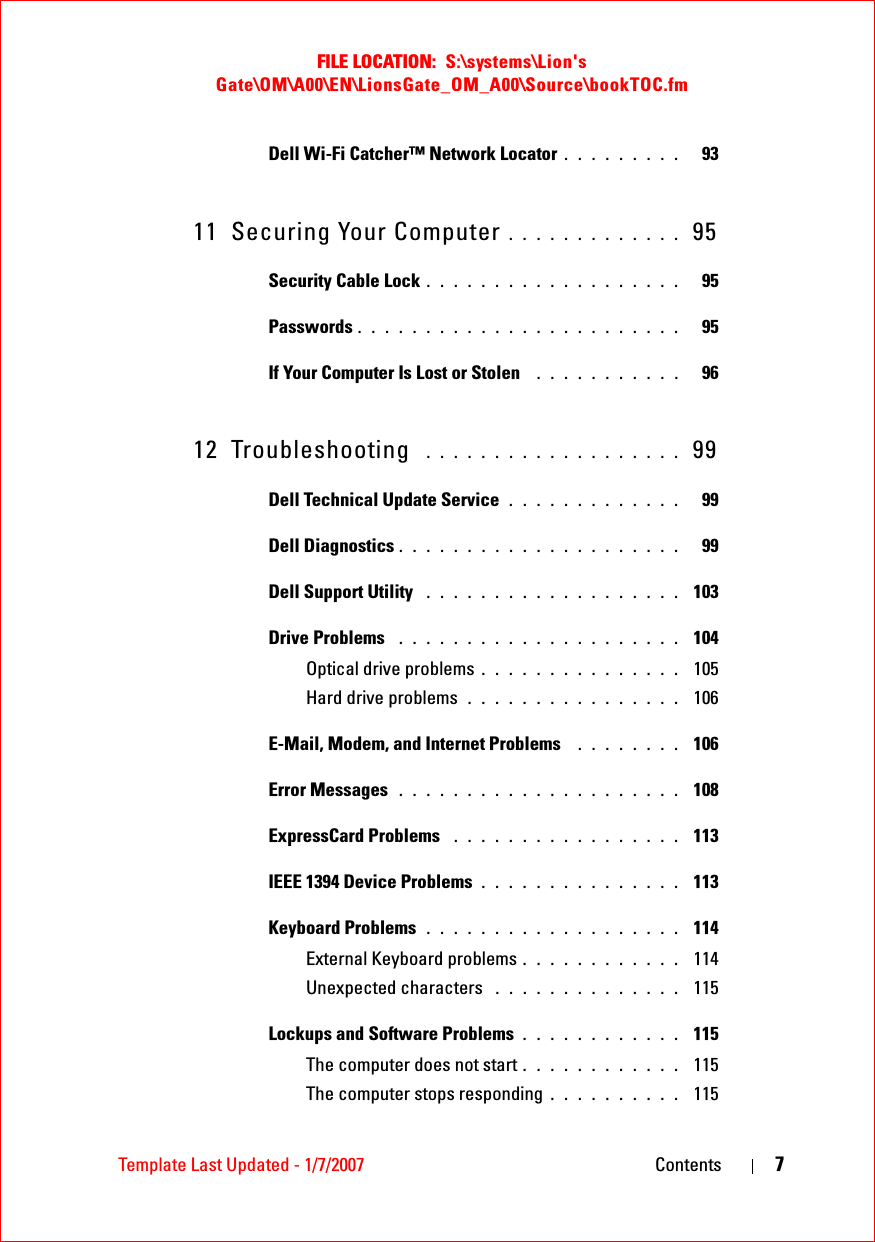
![FILE LOCATION: S:\systems\Lion's Gate\OM\A00\EN\LionsGate_OM_A00\Source\bookTOC.fm8ContentsA program stops responding or crashes repeatedly 116A program is designed for an earlier Microsoft® Windows®operating system . . . . . . . . . . . . . . . . . . 116A solid blue screen appears . . . . . . . . . . . . 116Dell MediaDirect problems . . . . . . . . . . . . . 116Other software problems . . . . . . . . . . . . . . 117Memory Problems . . . . . . . . . . . . . . . . . . . . 118Network Problems . . . . . . . . . . . . . . . . . . . . 119Mobile Broadband (Wireless Wide Area Network [WWAN]) 119Power Problems . . . . . . . . . . . . . . . . . . . . . 120Printer Problems . . . . . . . . . . . . . . . . . . . . . 121Scanner Problems . . . . . . . . . . . . . . . . . . . . 122Sound and Speaker Problems . . . . . . . . . . . . . . 122No sound from integrated speakers . . . . . . . . 123No sound from external speakers . . . . . . . . . 123No sound from headphones . . . . . . . . . . . . 123Touch Pad or Mouse Problems . . . . . . . . . . . . . 124Video and Display Problems . . . . . . . . . . . . . . 125If the display is blank . . . . . . . . . . . . . . . . 125If the display is difficult to read . . . . . . . . . . 125If only part of the display is readable . . . . . . . 126Drivers . . . . . . . . . . . . . . . . . . . . . . . . . . 126What Is a Driver? . . . . . . . . . . . . . . . . . . 126Identifying Drivers . . . . . . . . . . . . . . . . . 127Reinstalling Drivers and Utilities . . . . . . . . . . 127Troubleshooting Software and Hardware Problems . . 130Restoring Your Operating System . . . . . . . . . . . . 130](https://usermanual.wiki/Novatel-Wireless/NRM-EU860D.User-Manual-Vostro-1/User-Guide-791631-Page-8.png)
